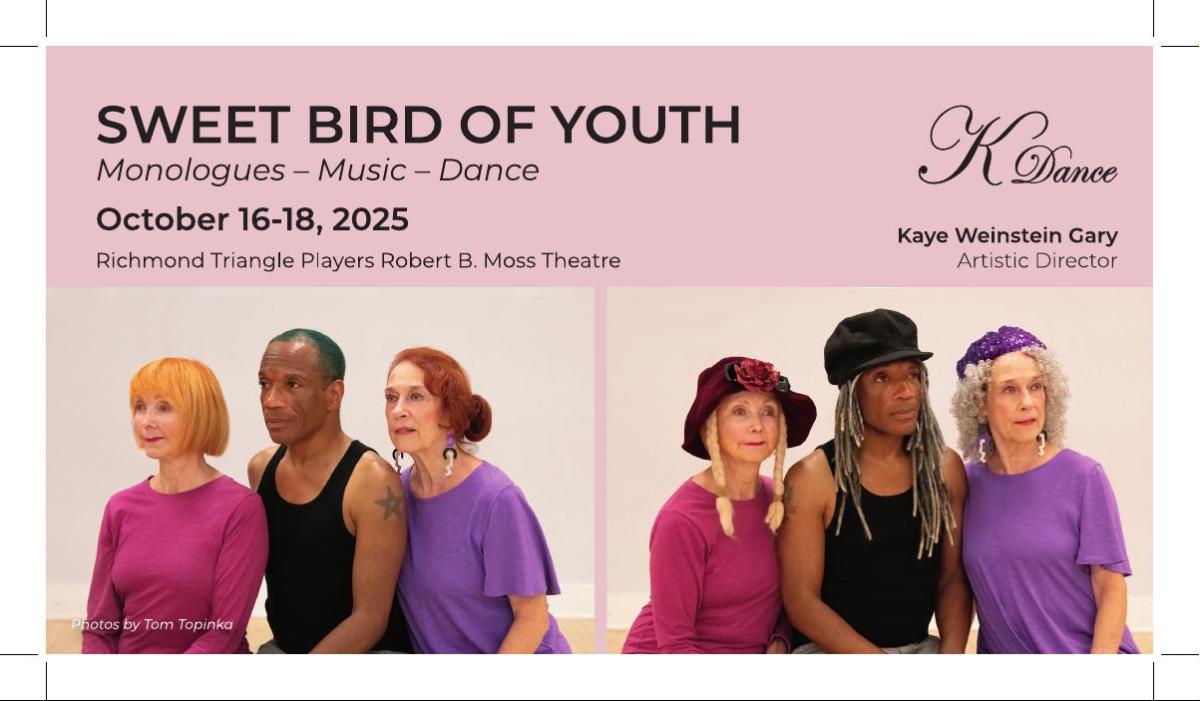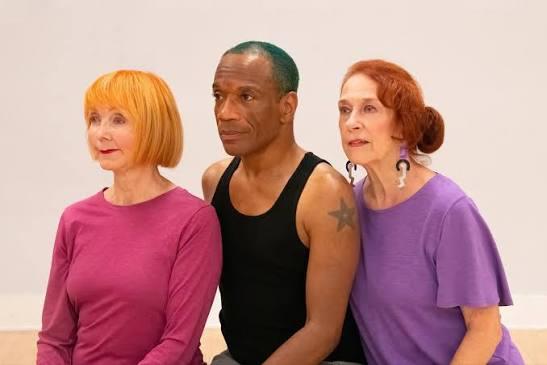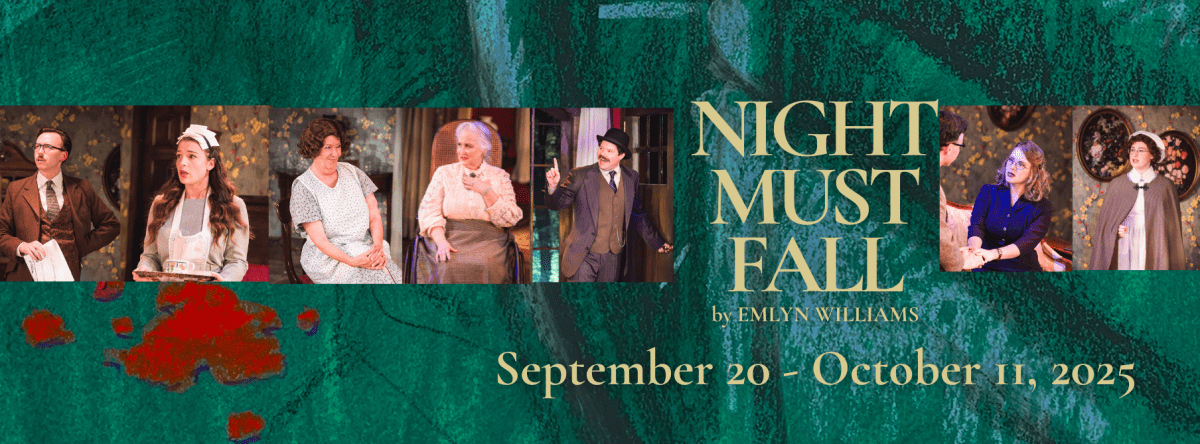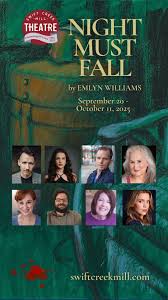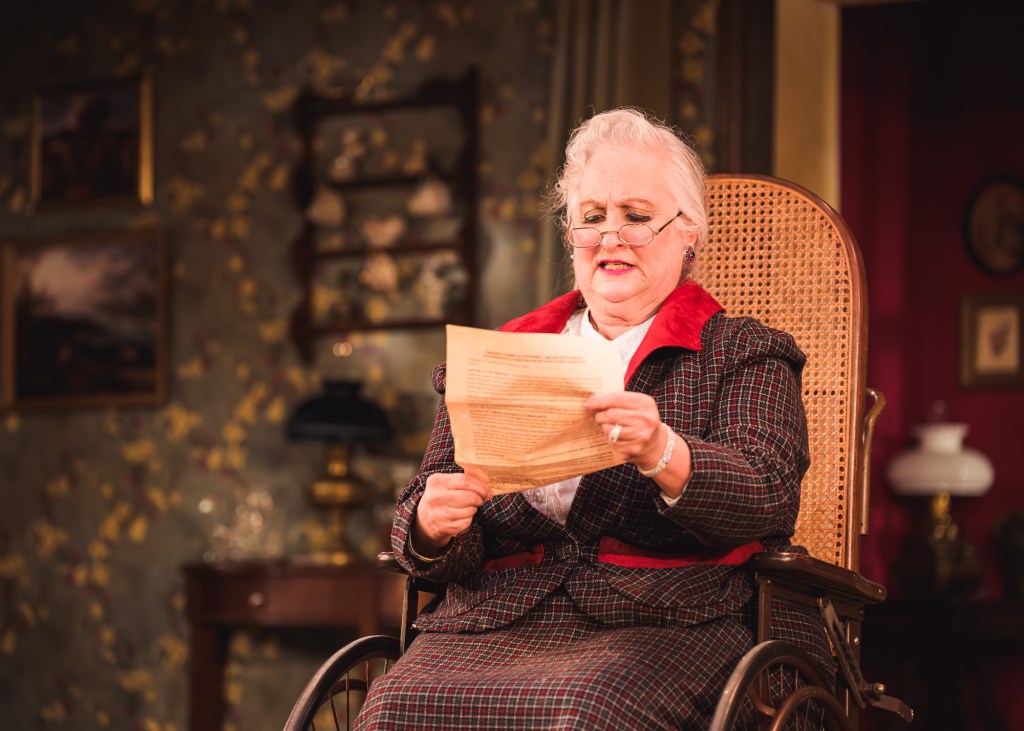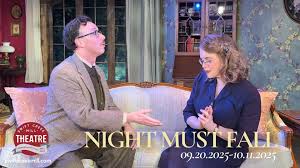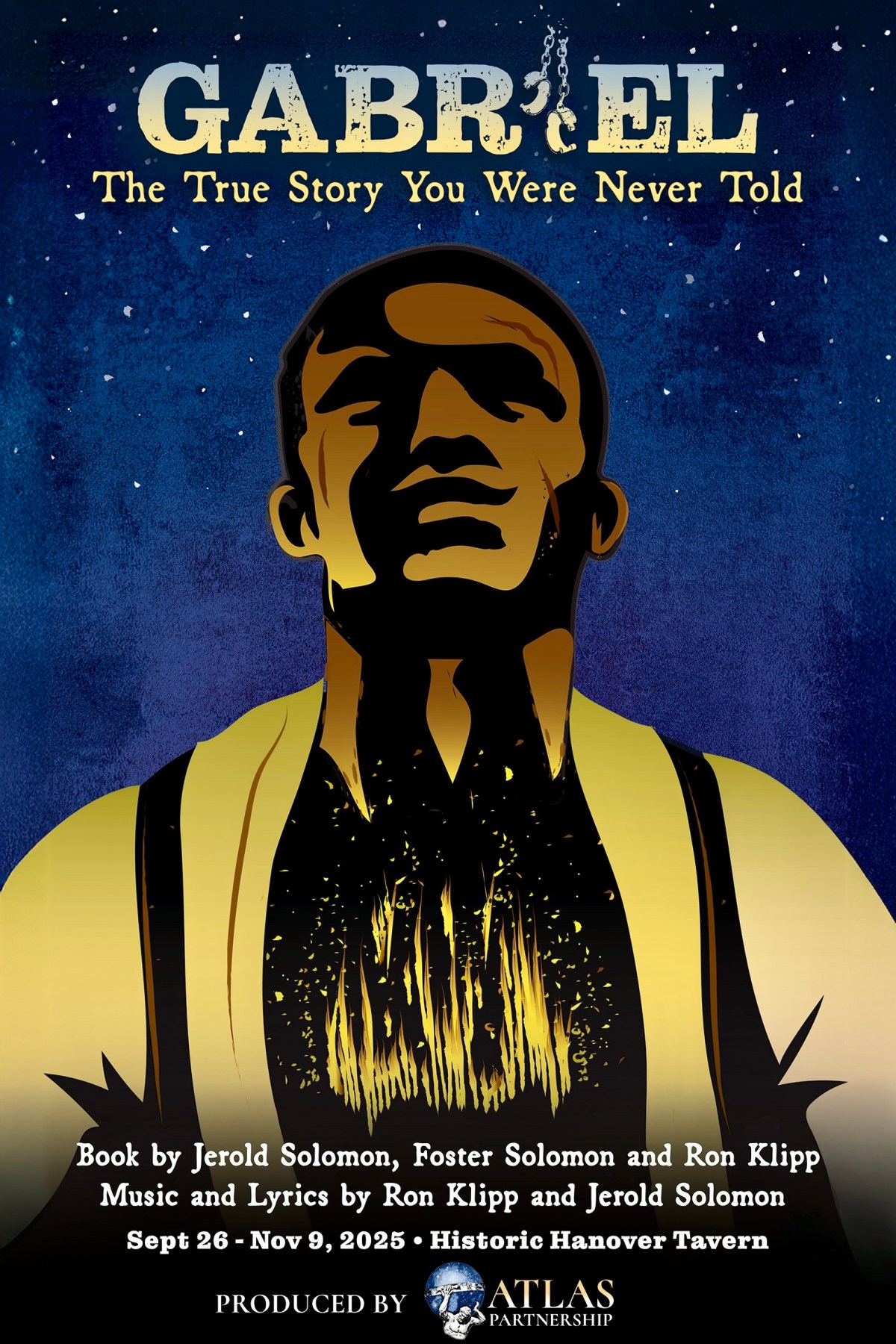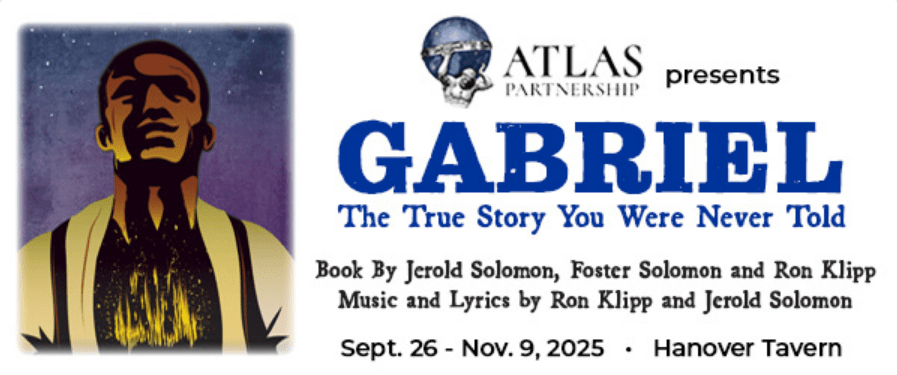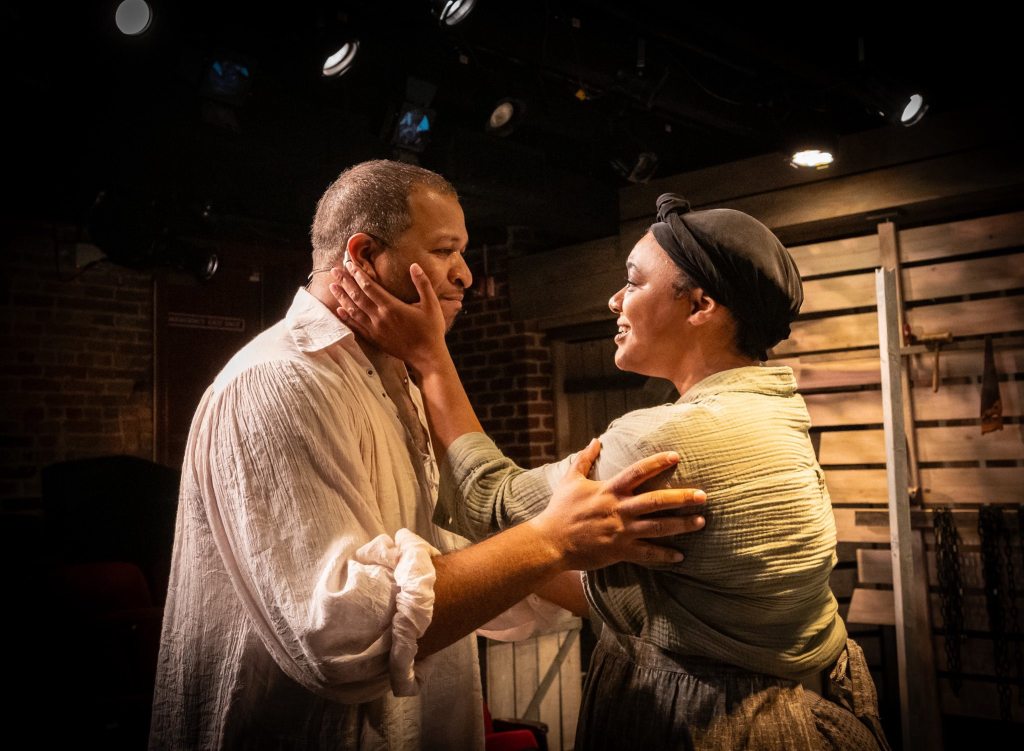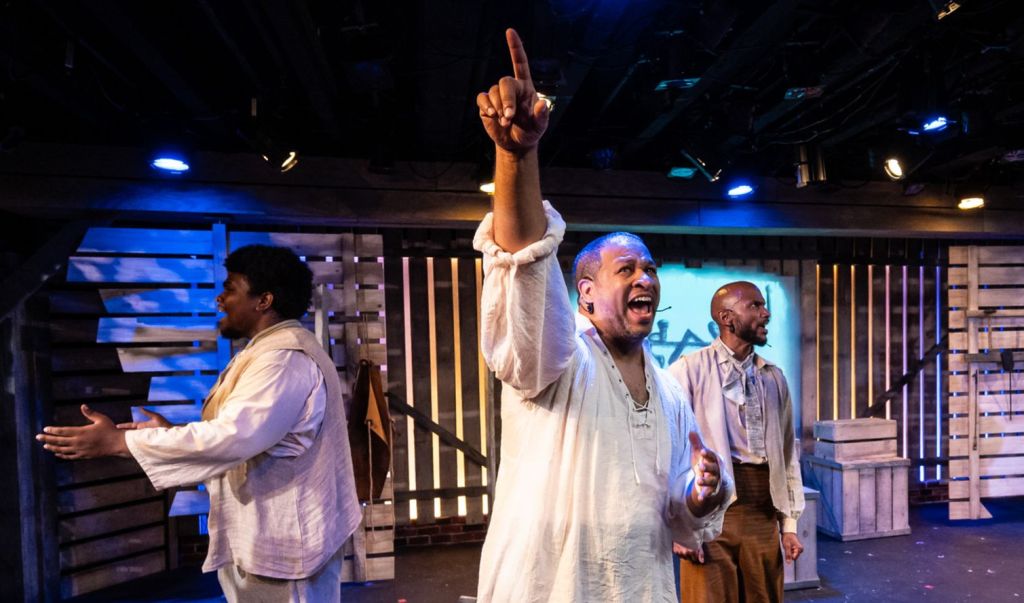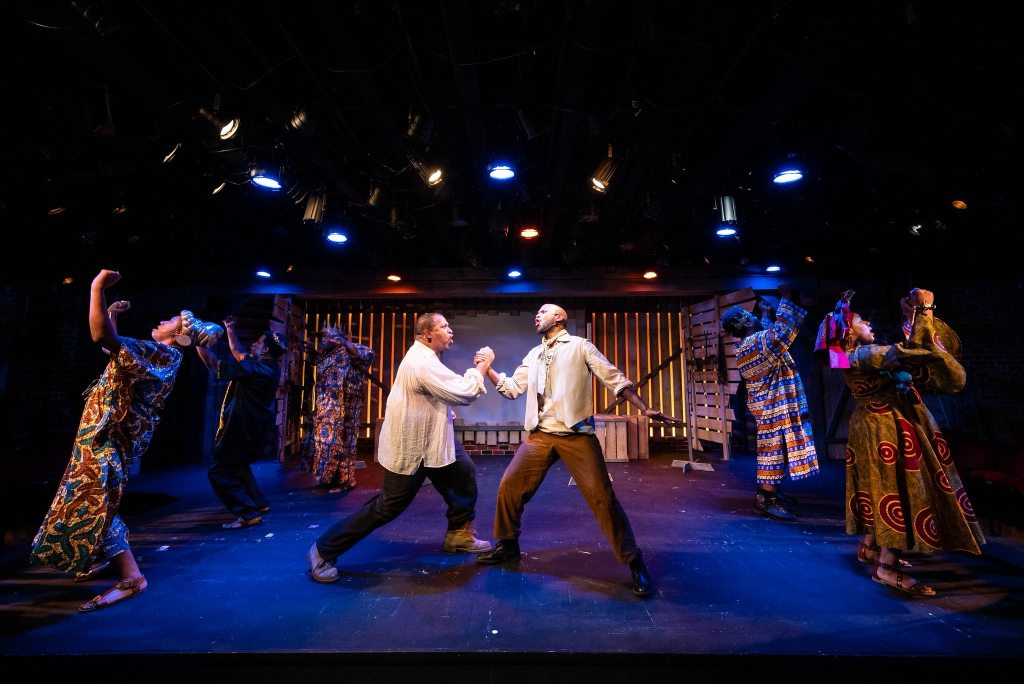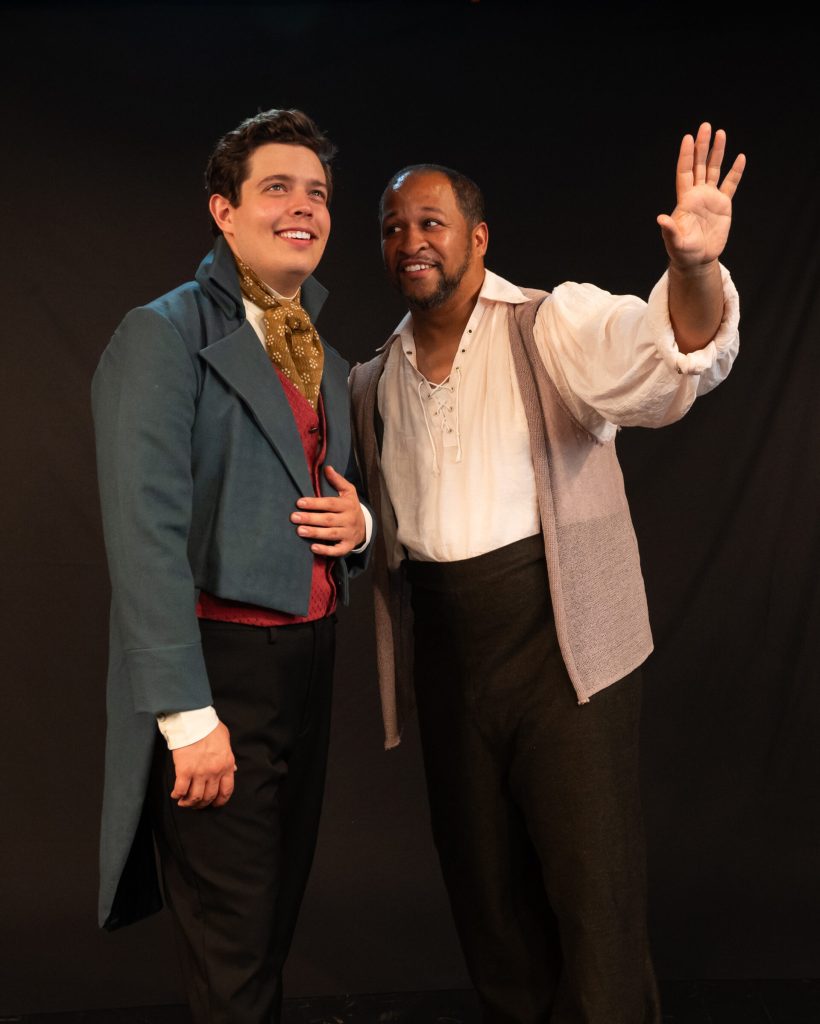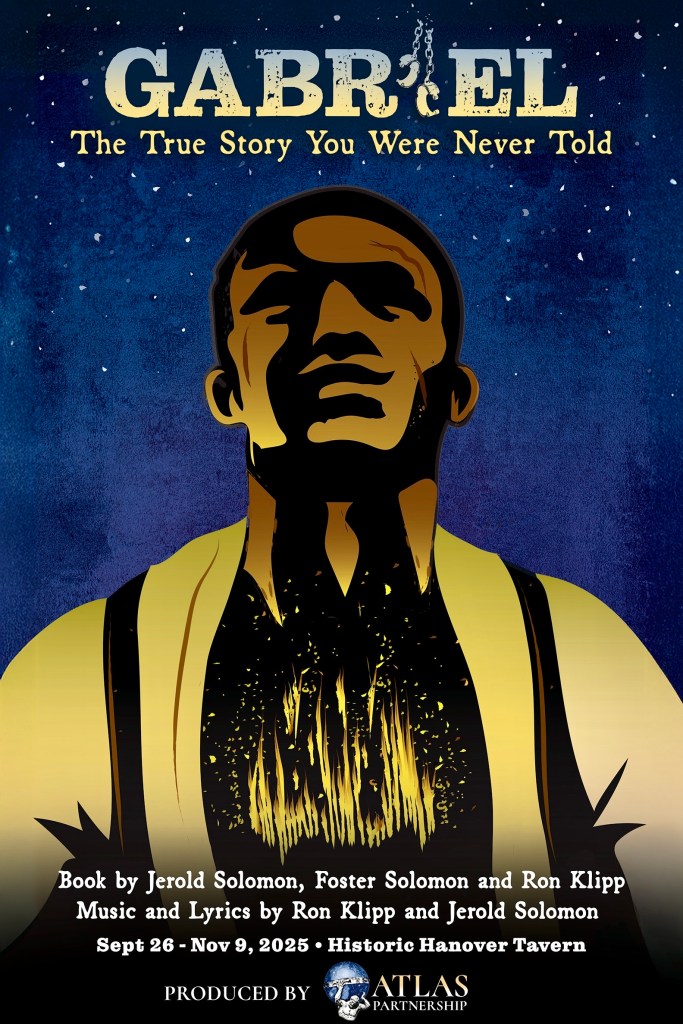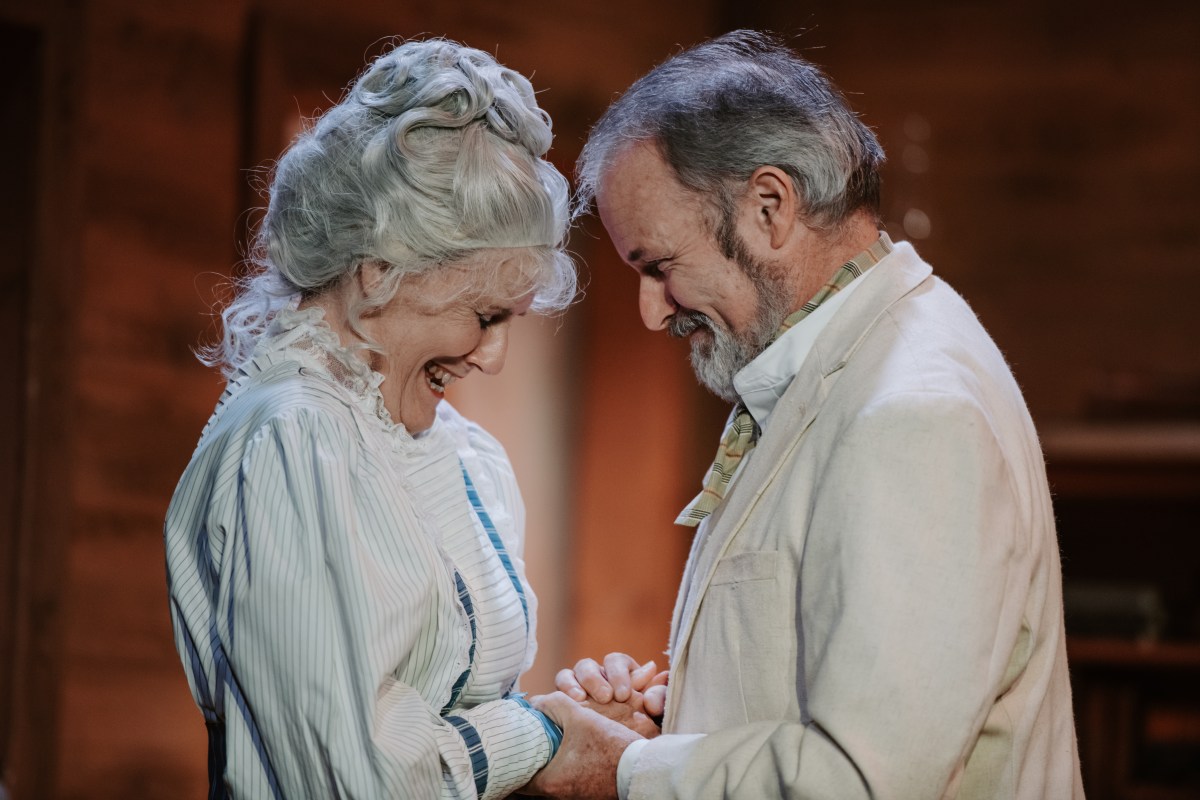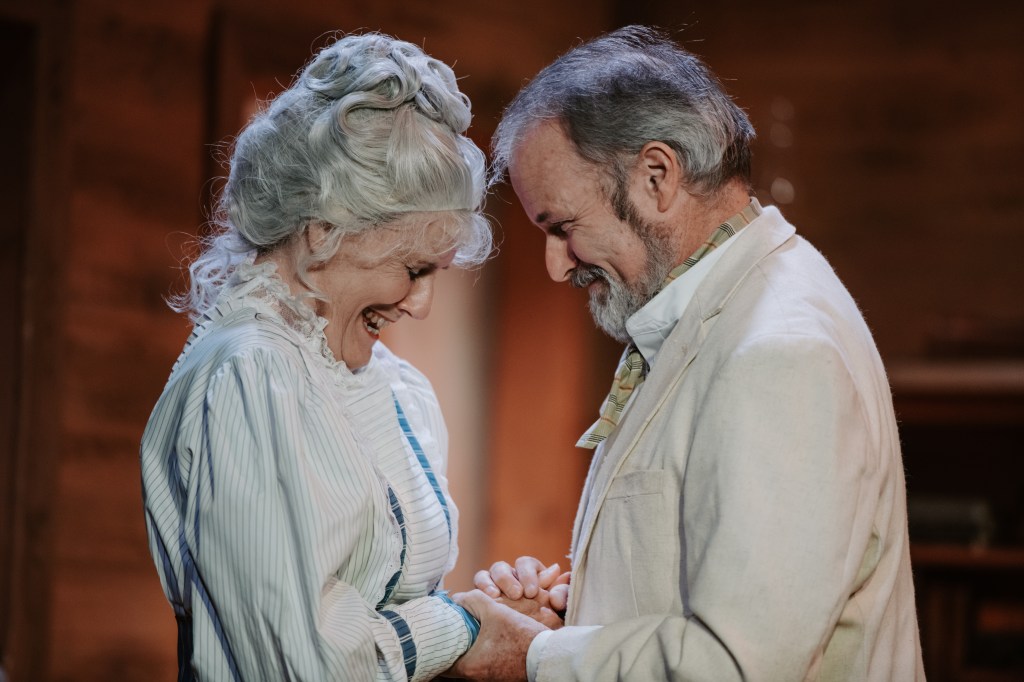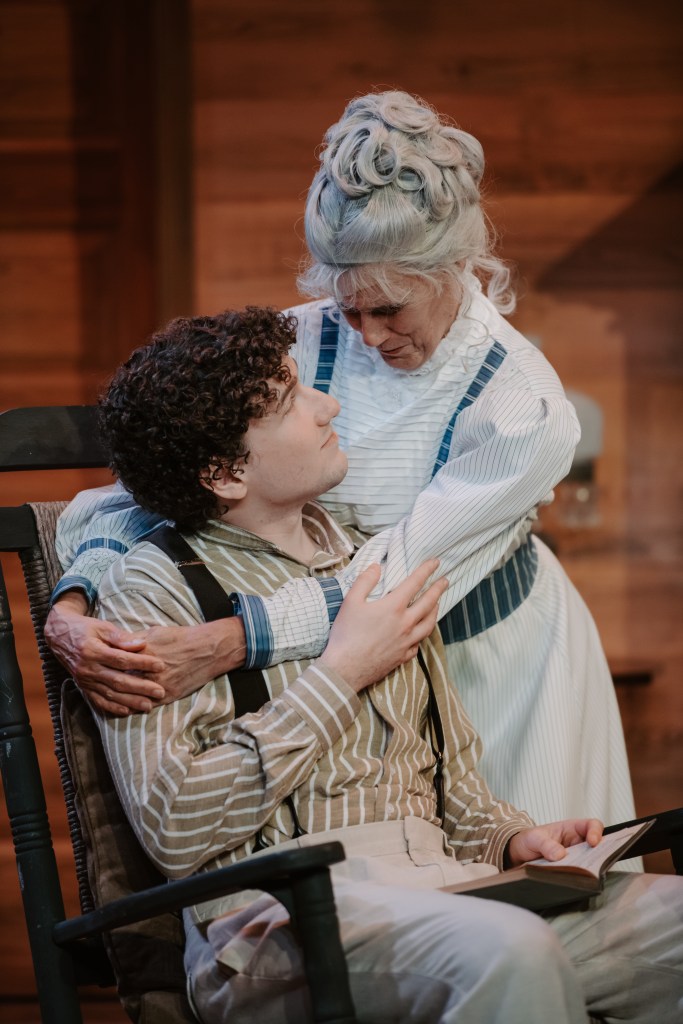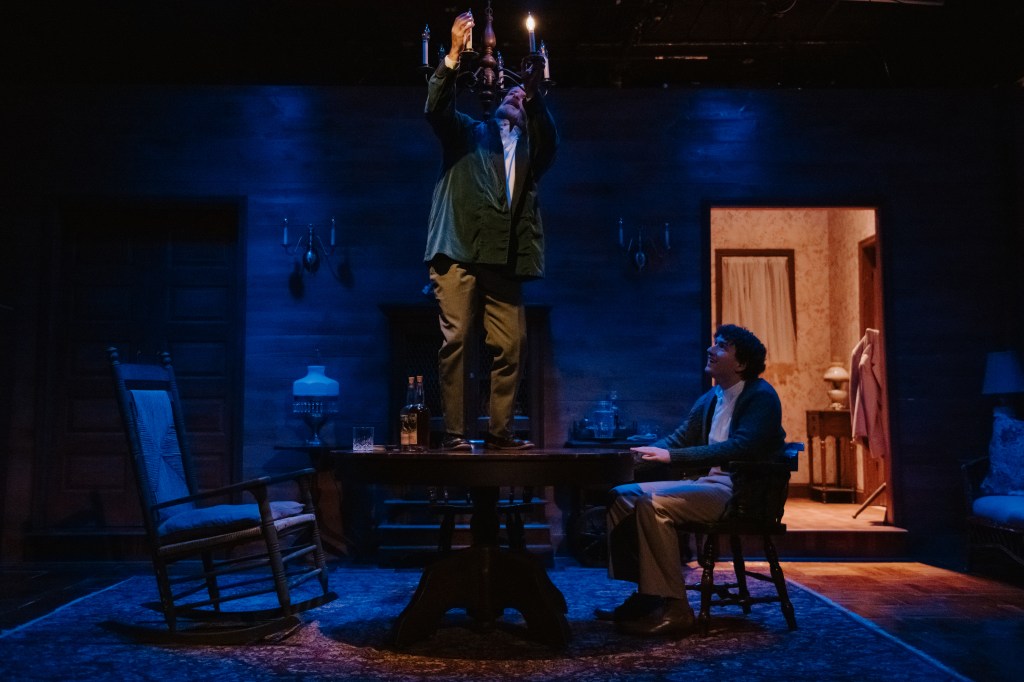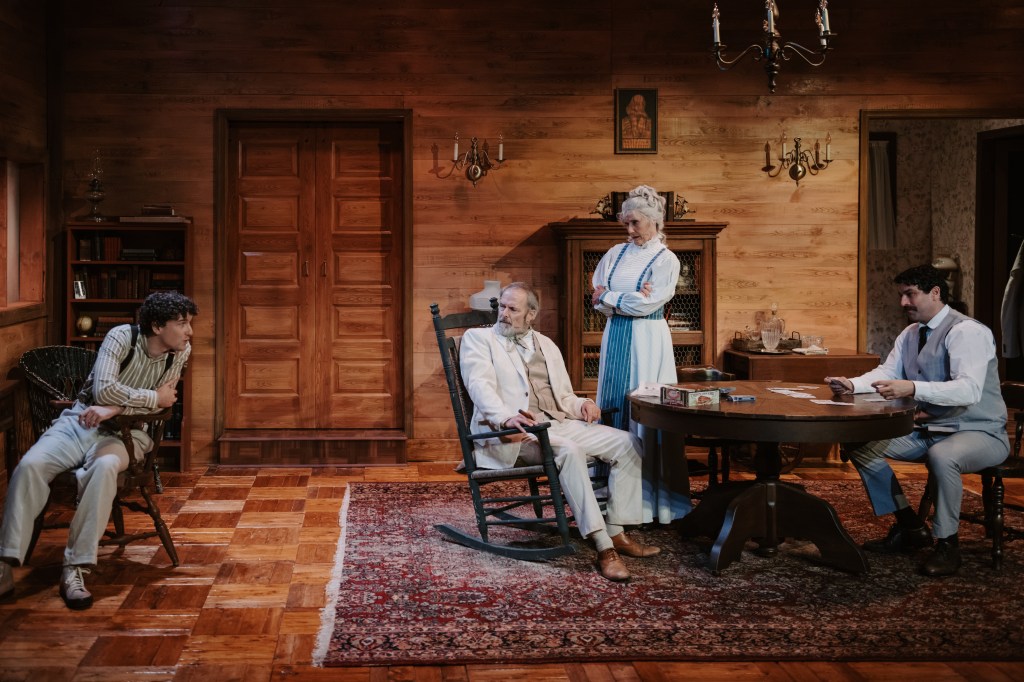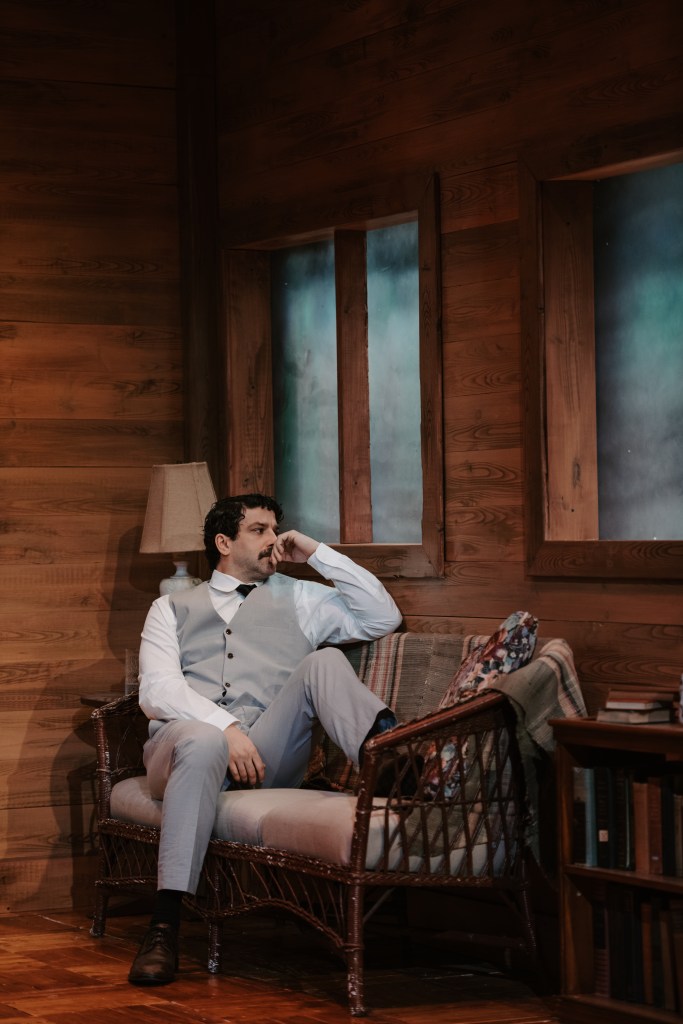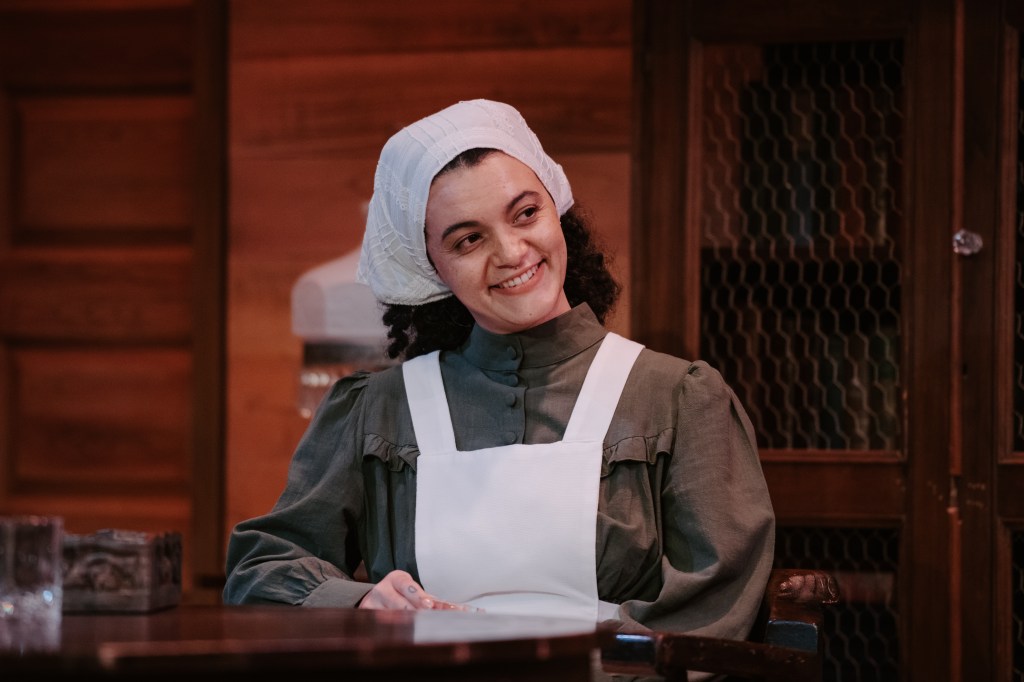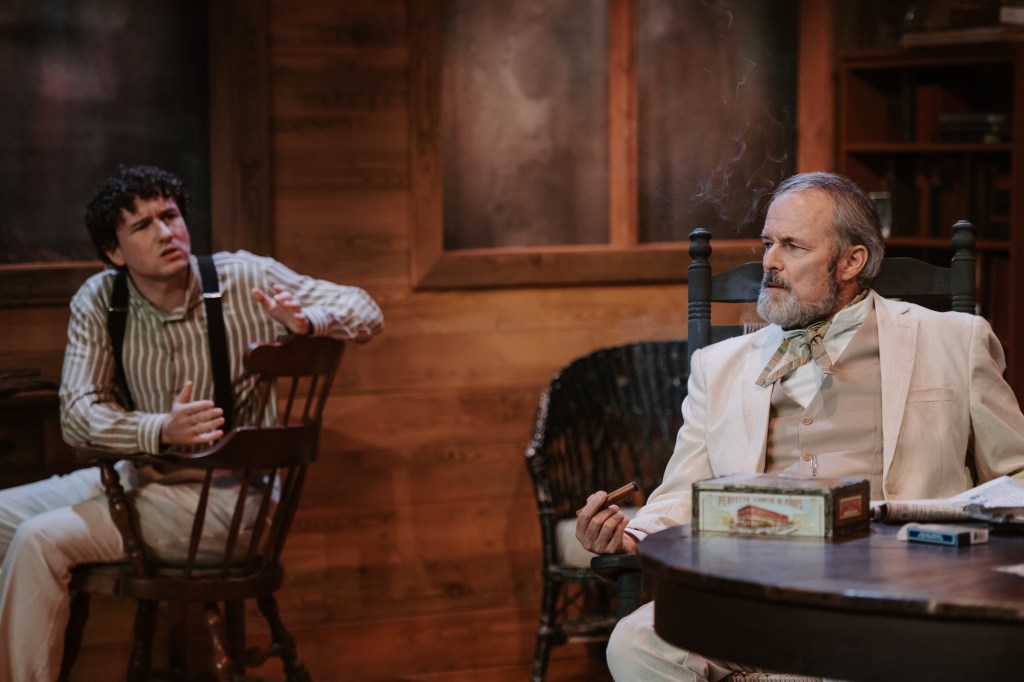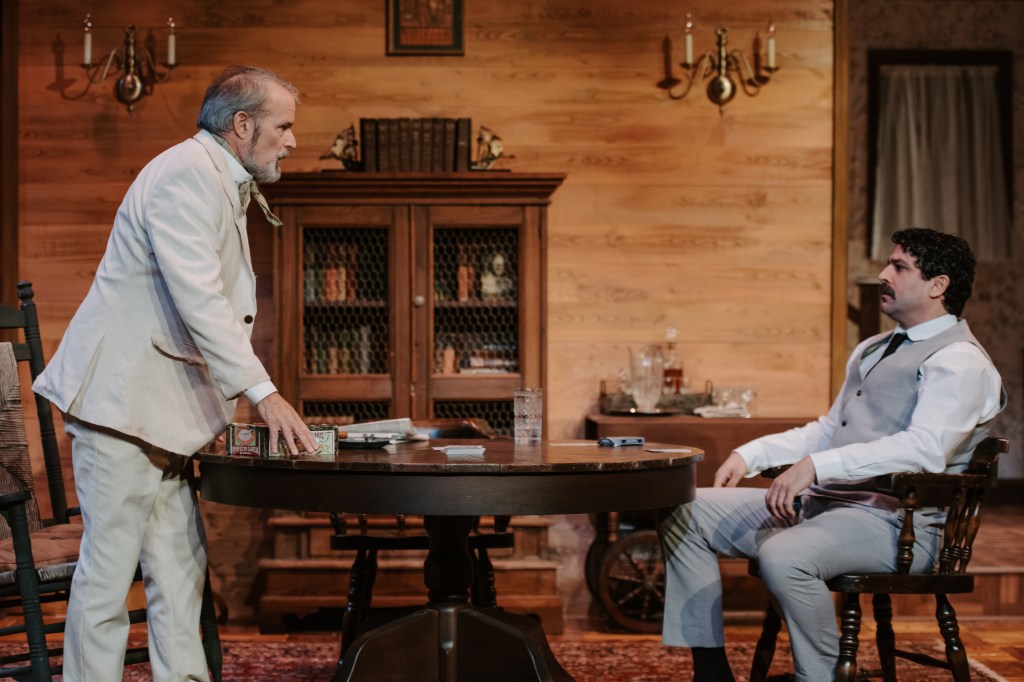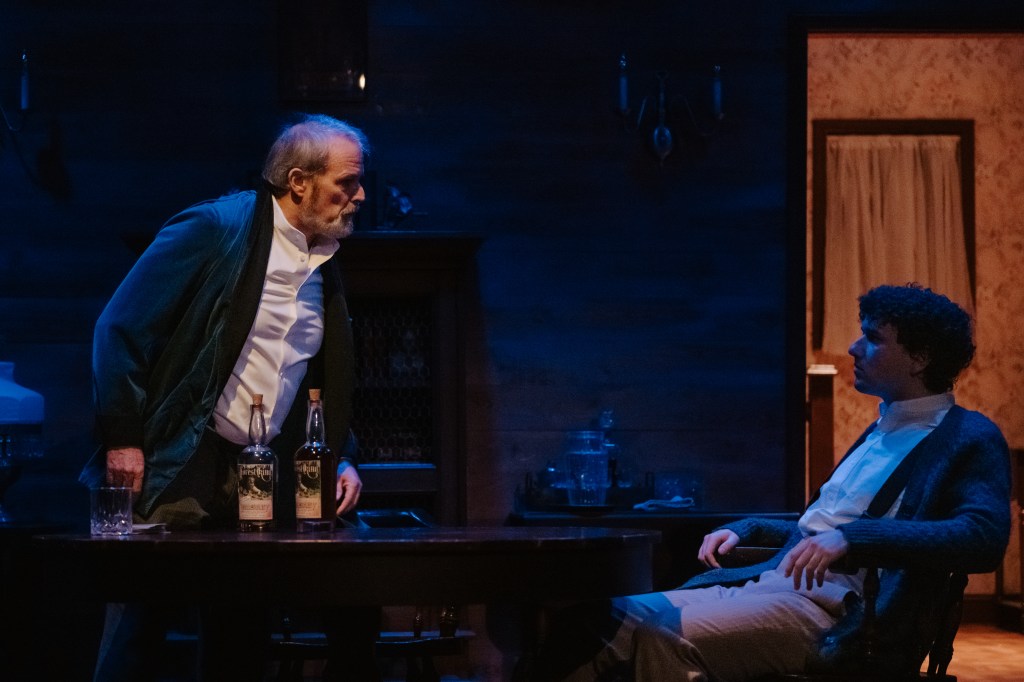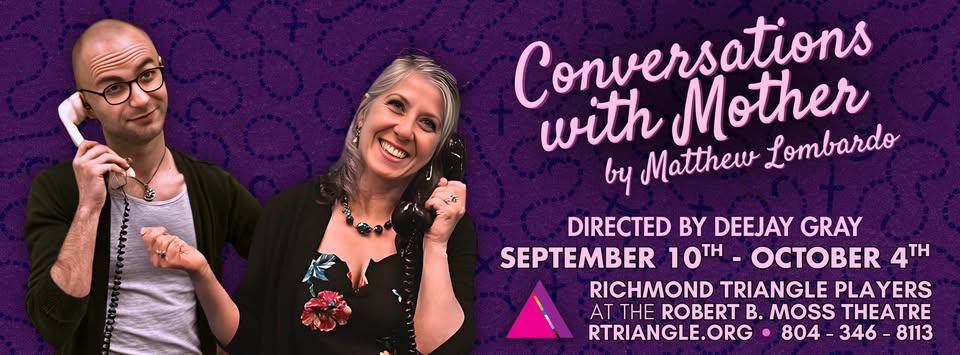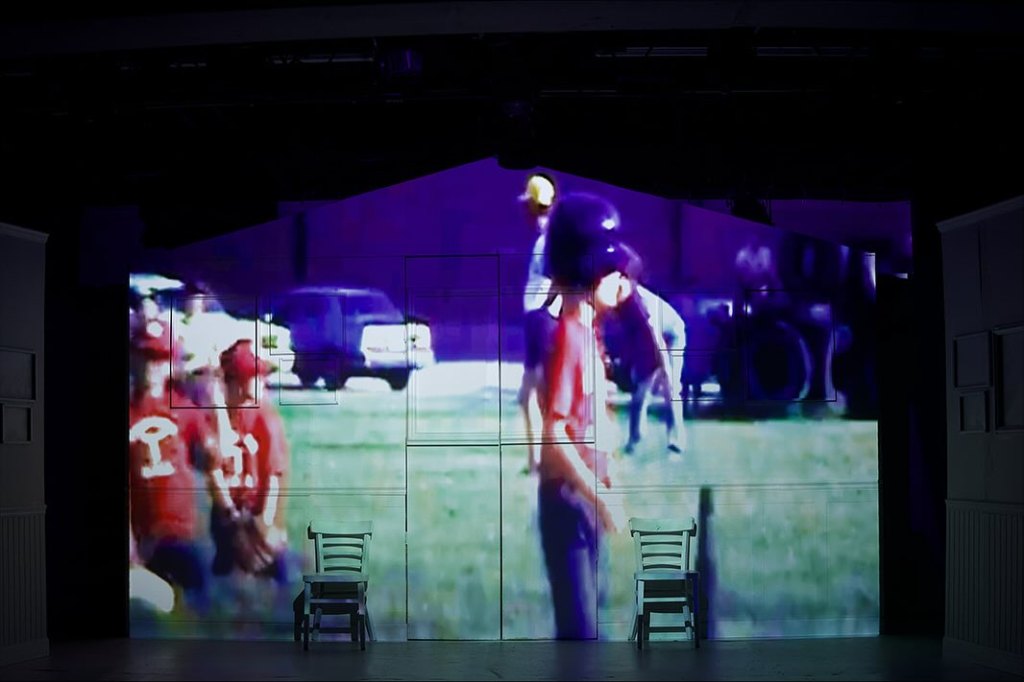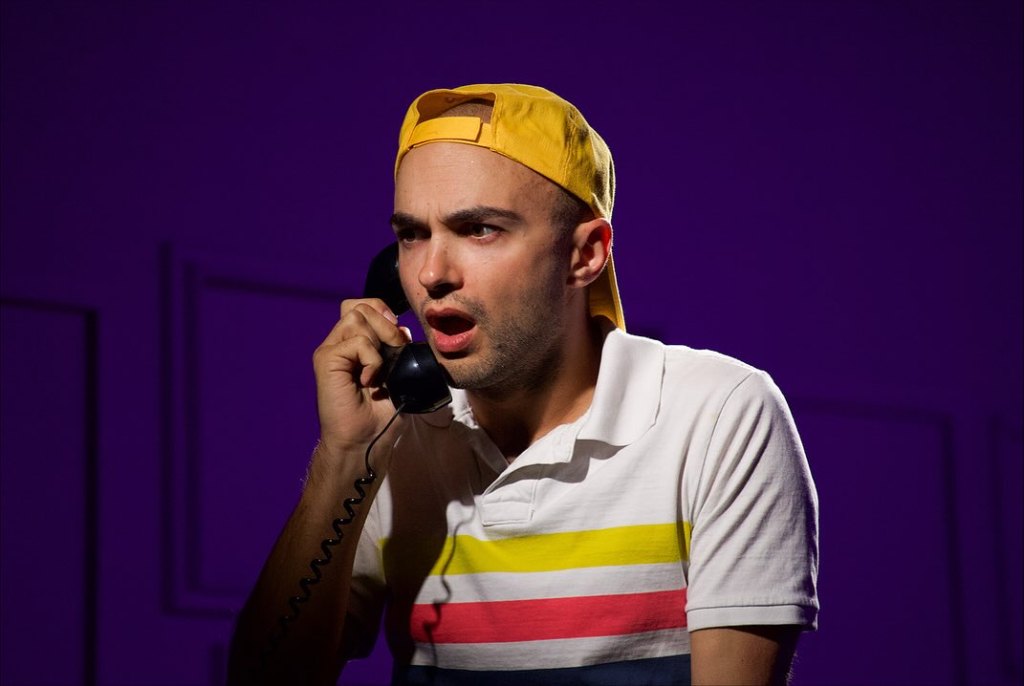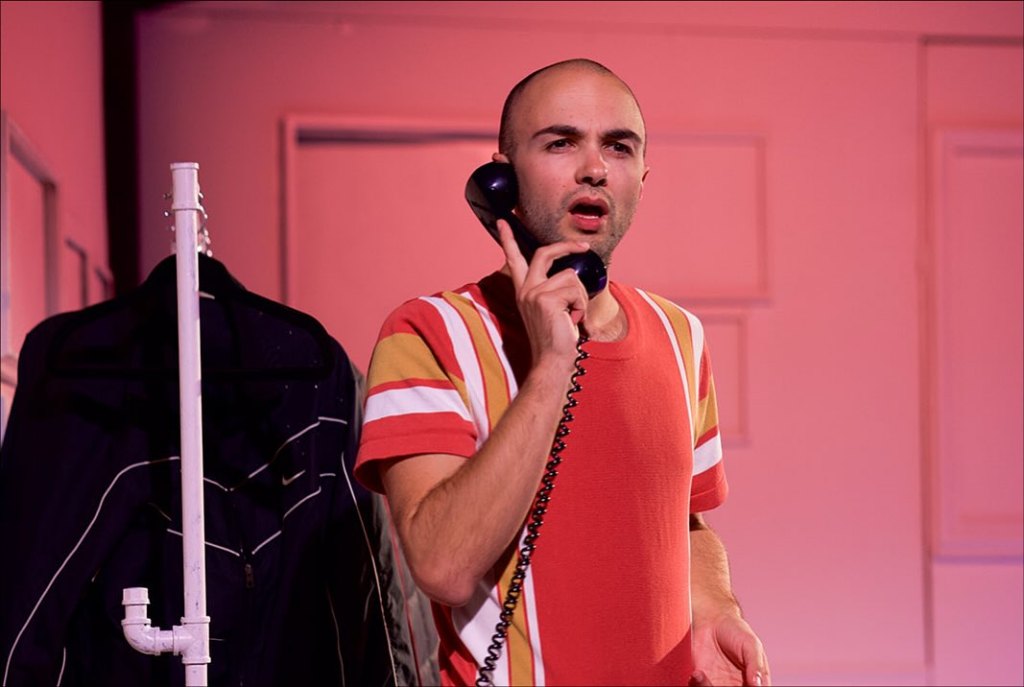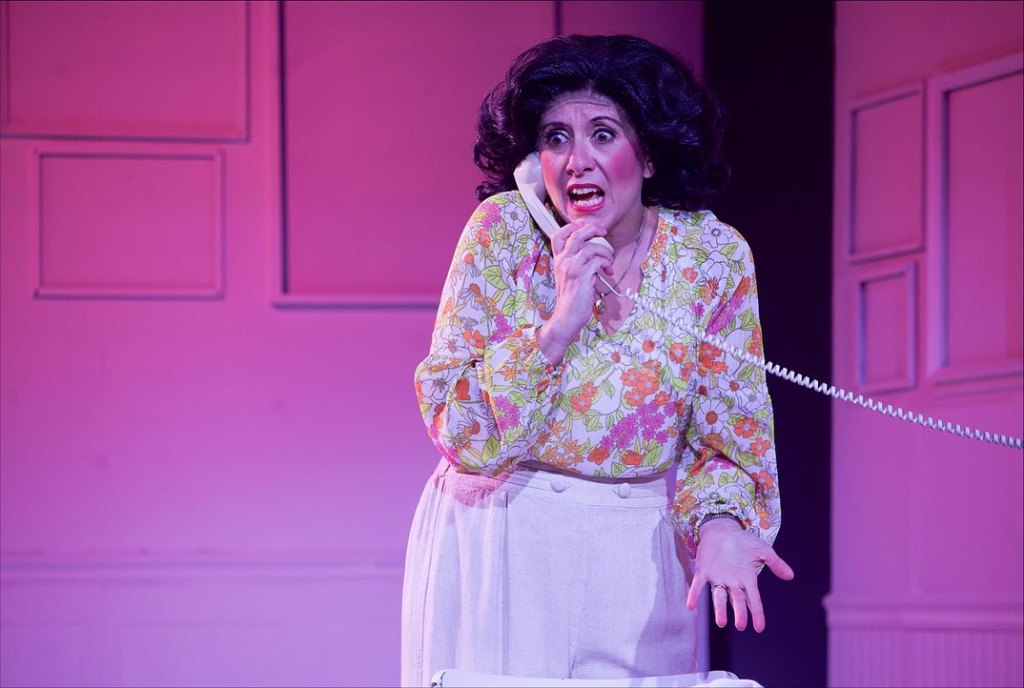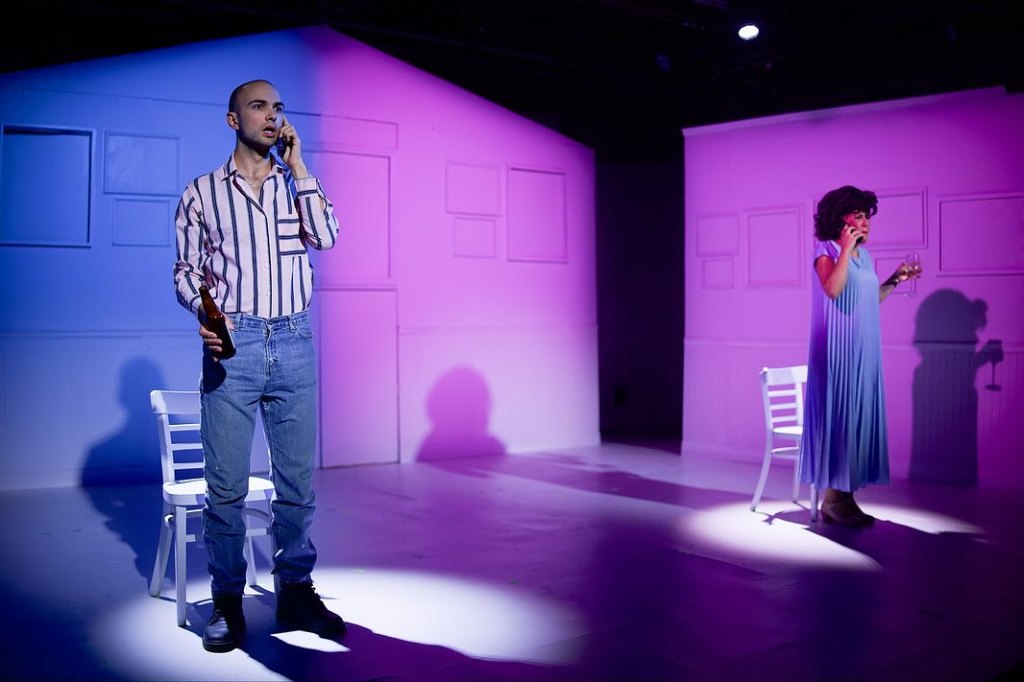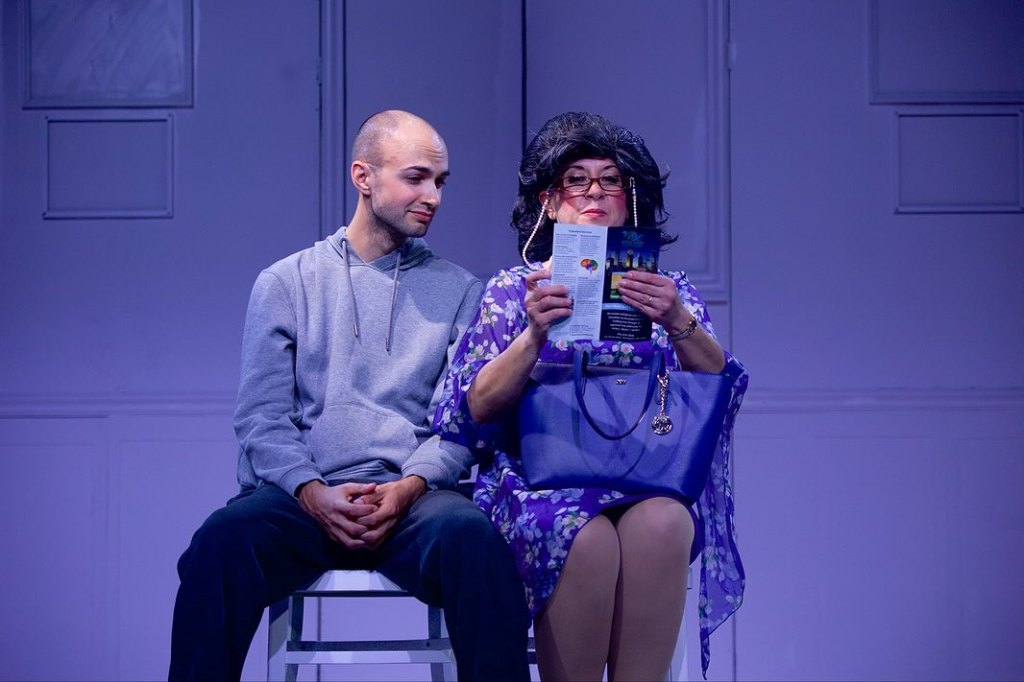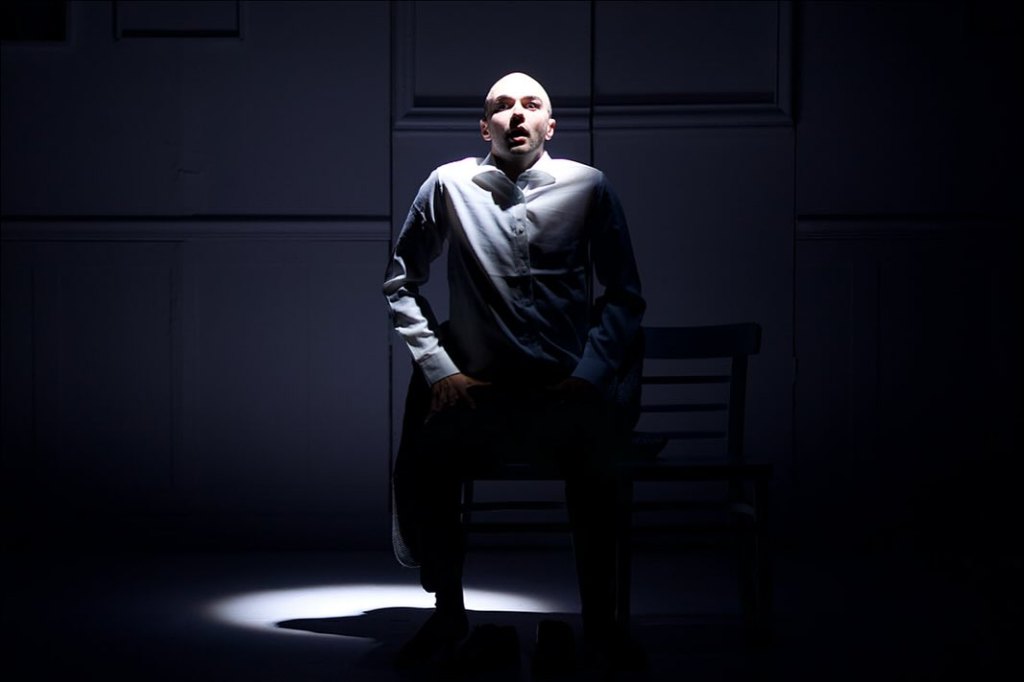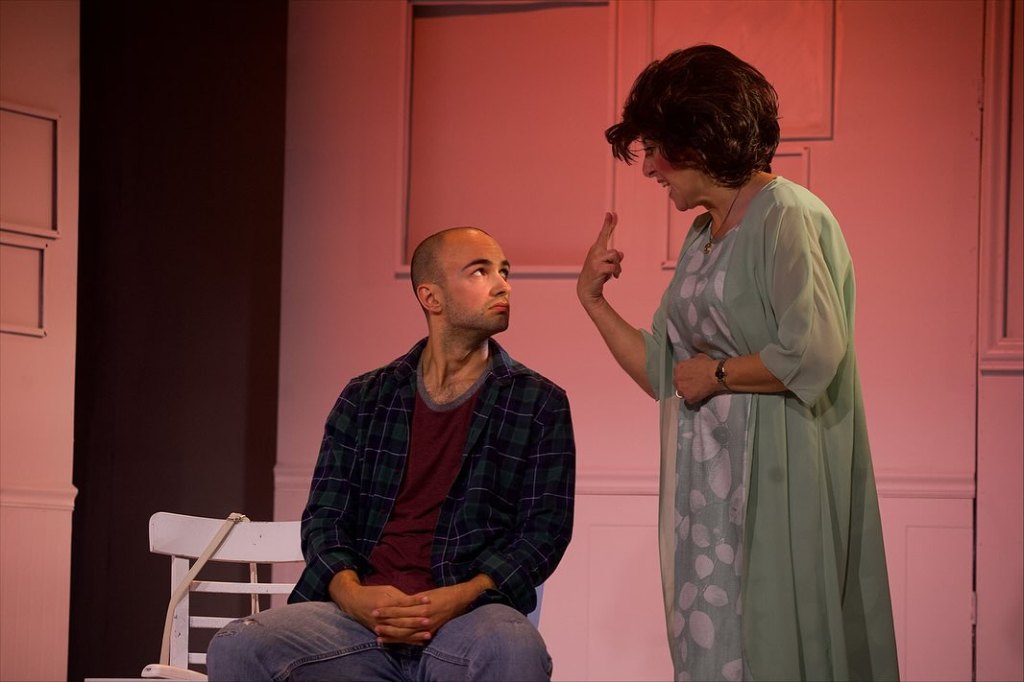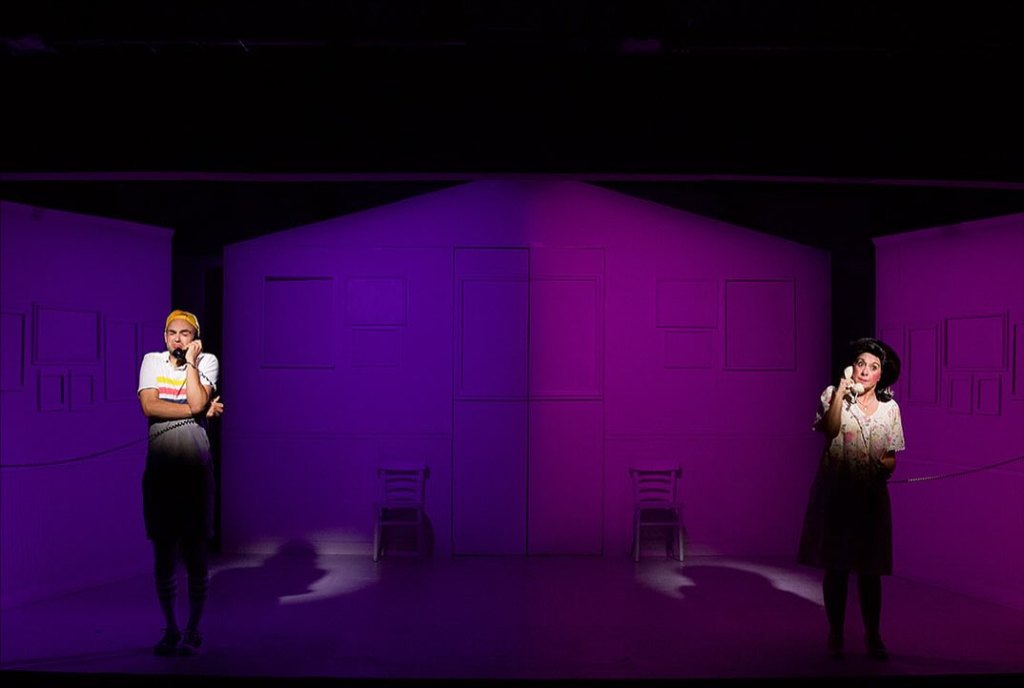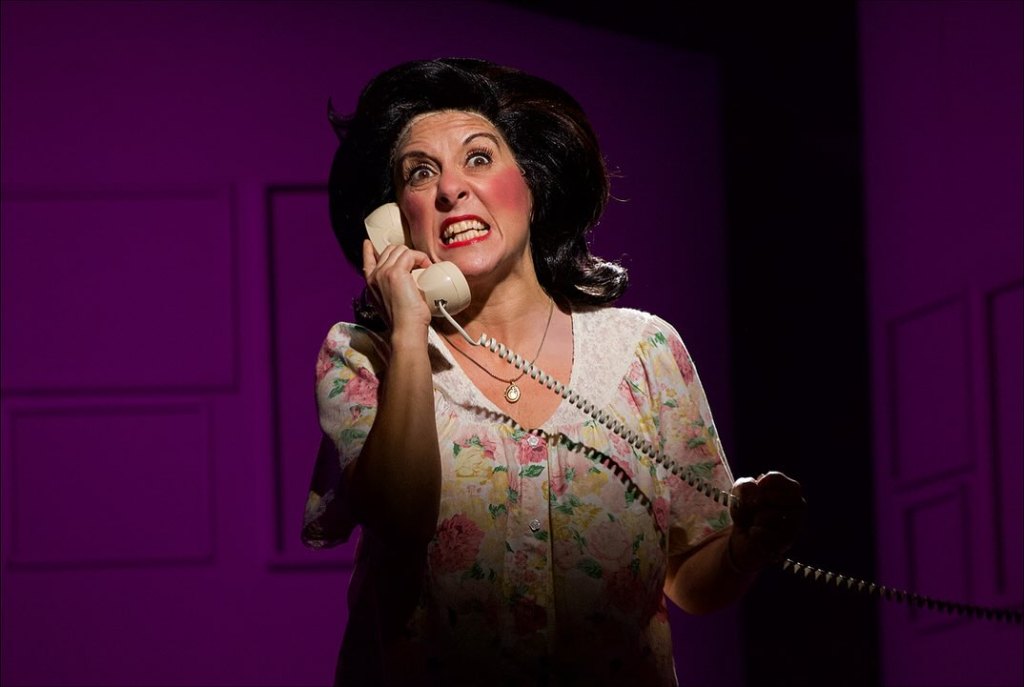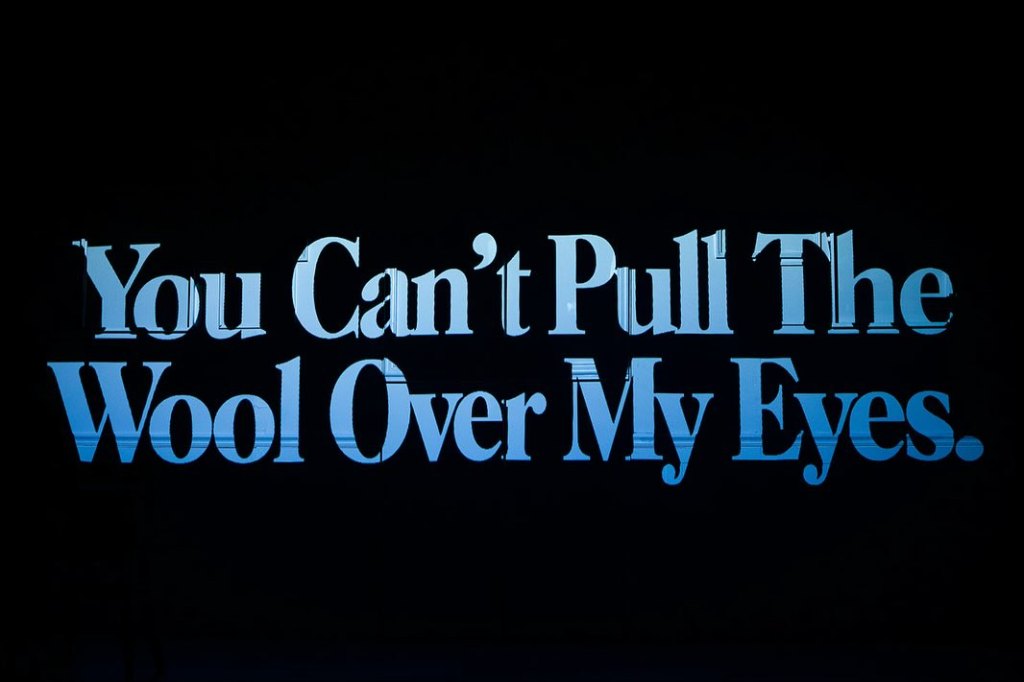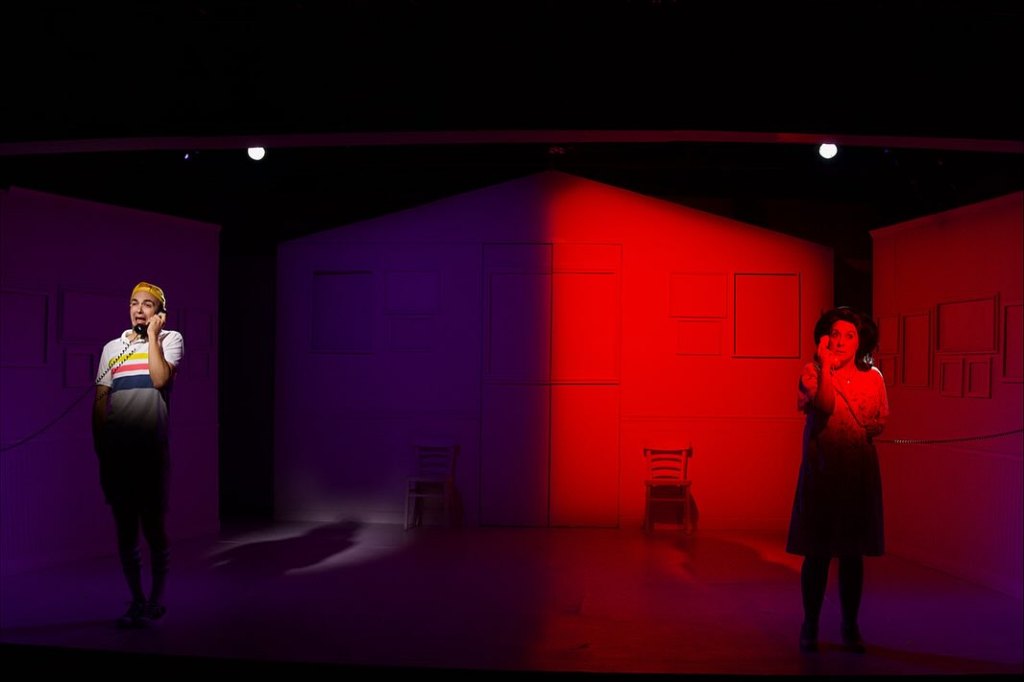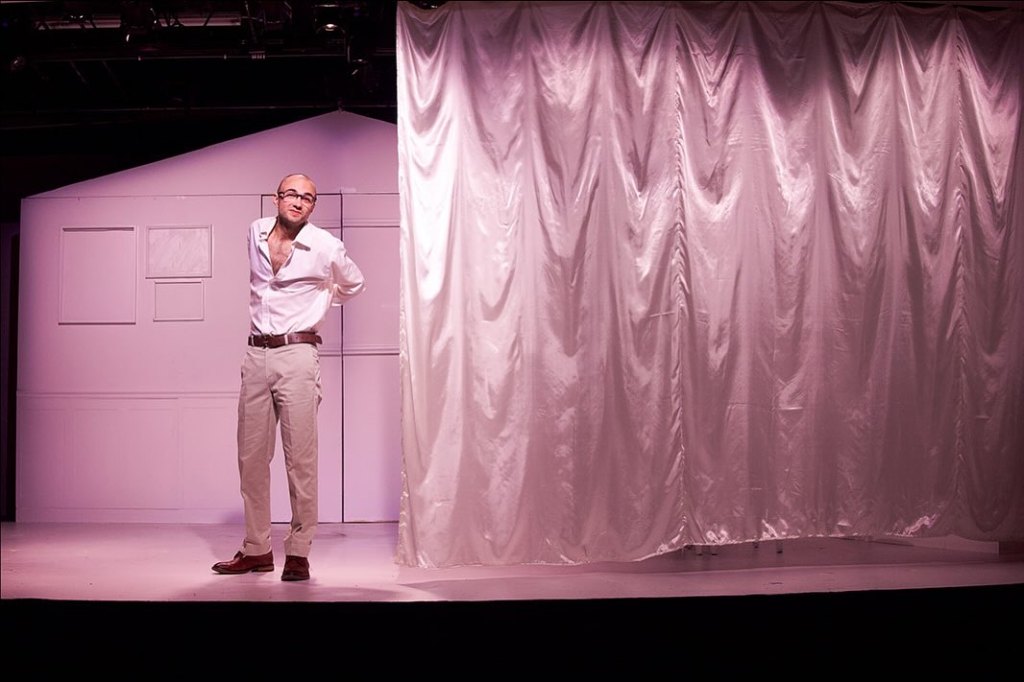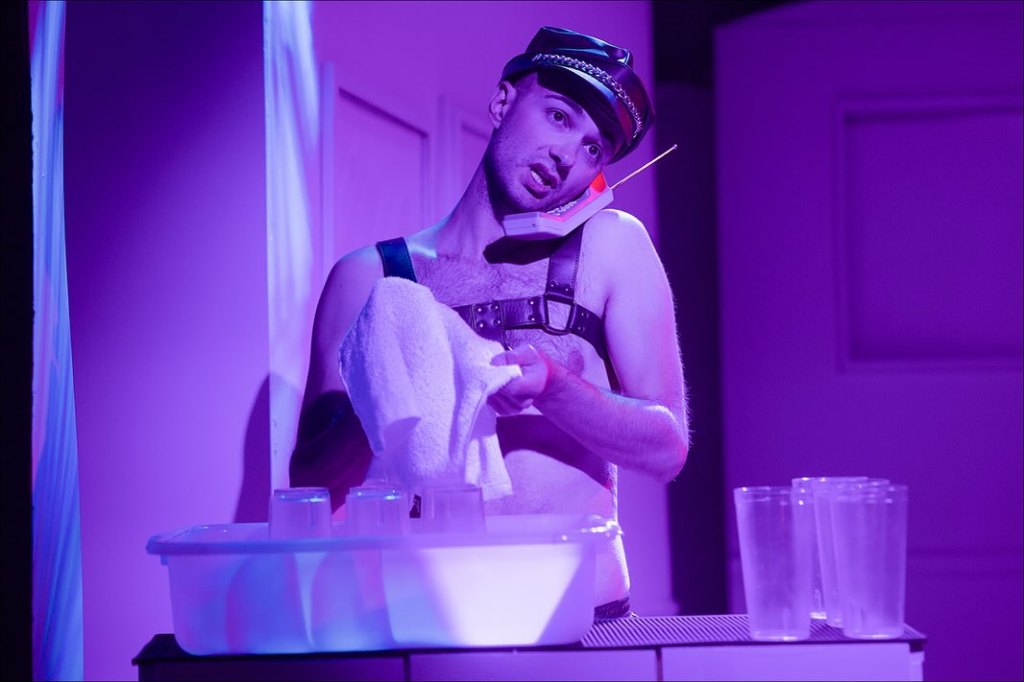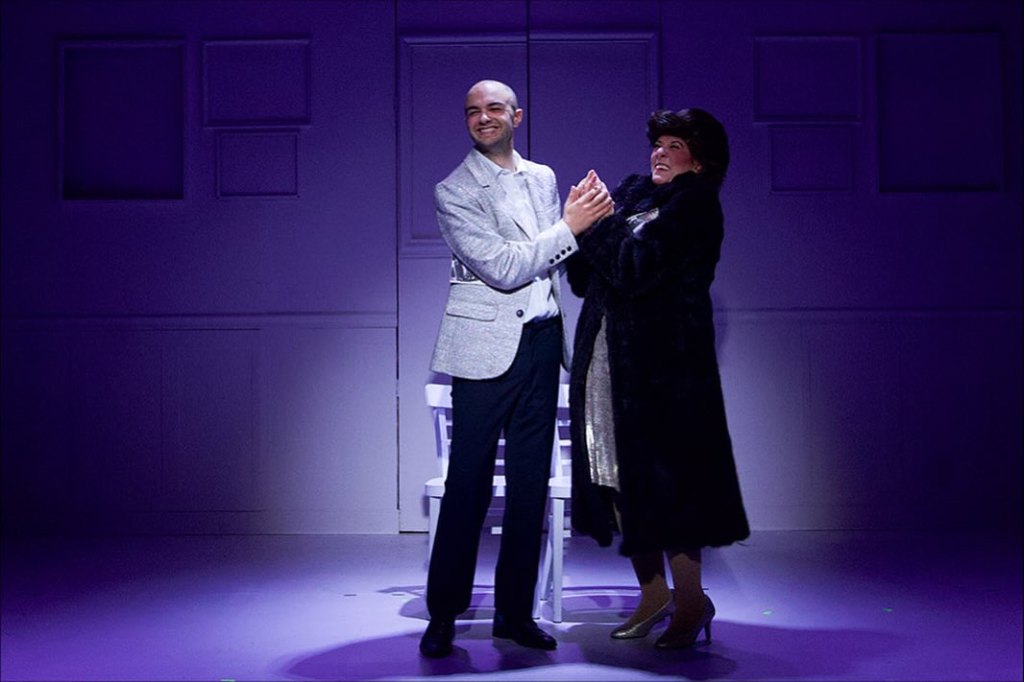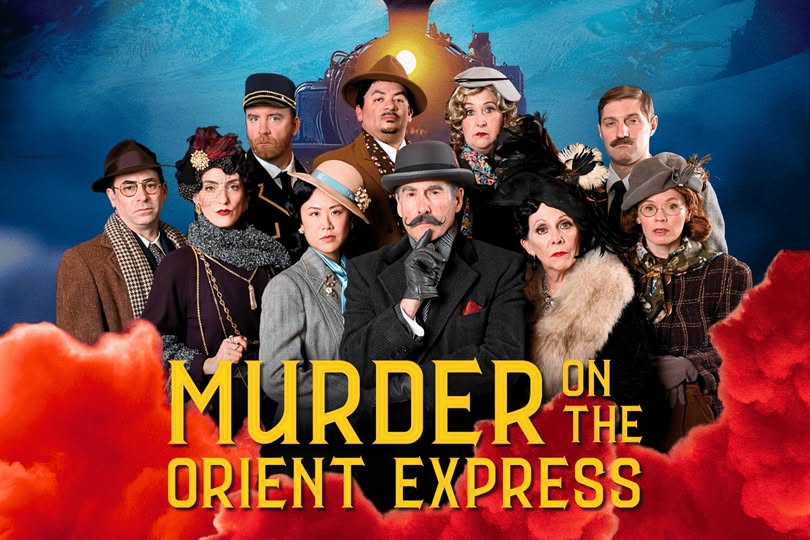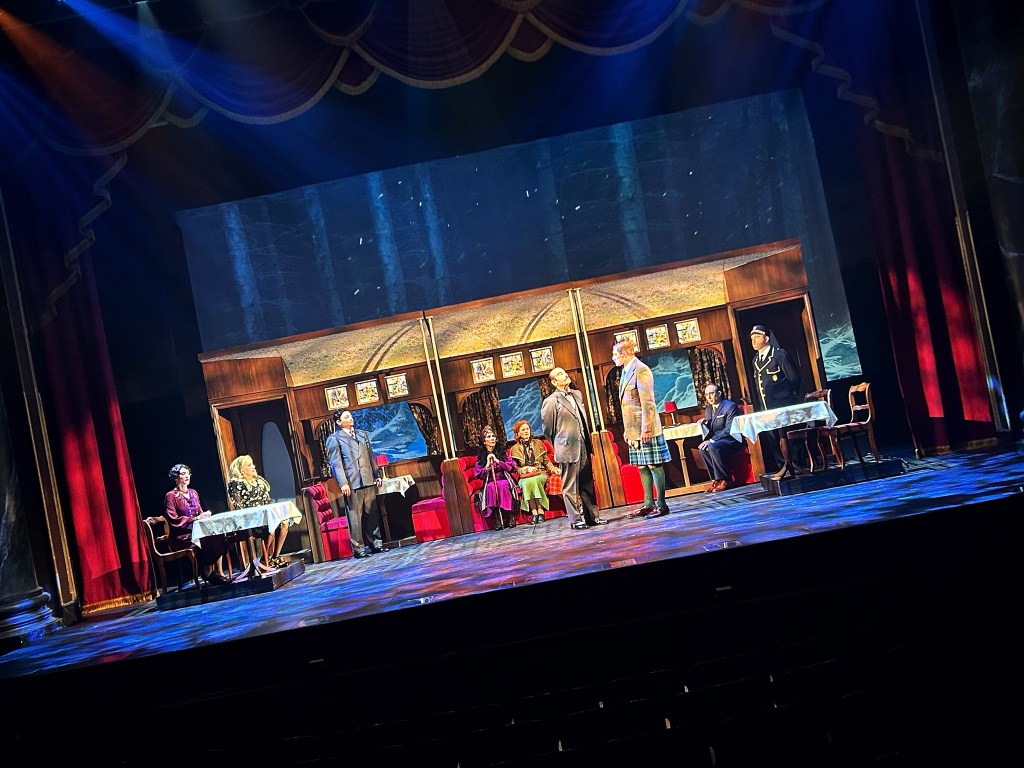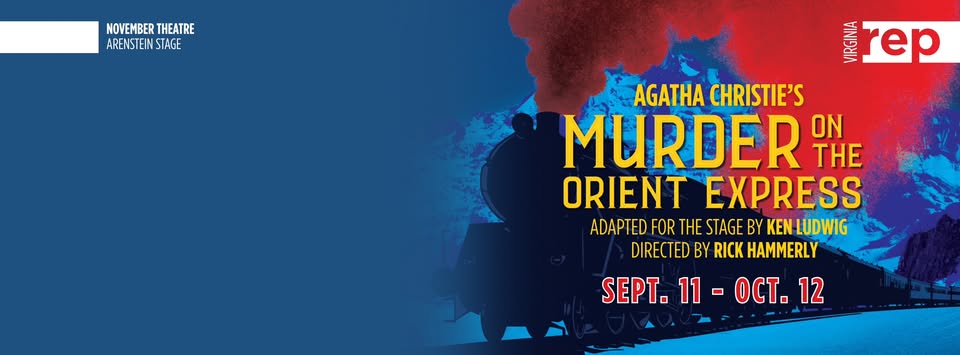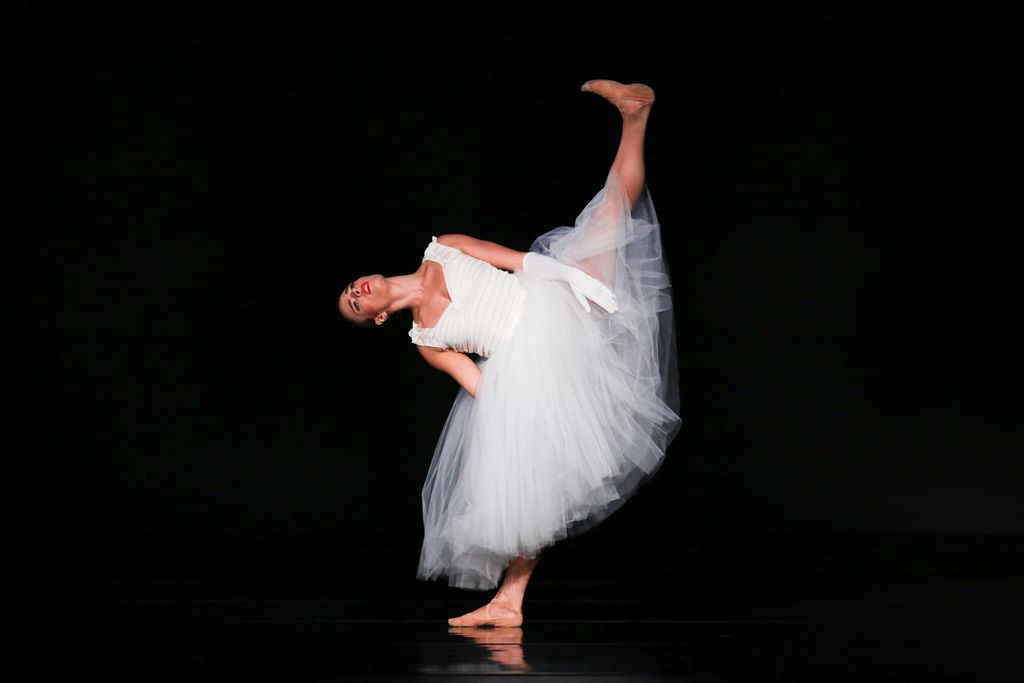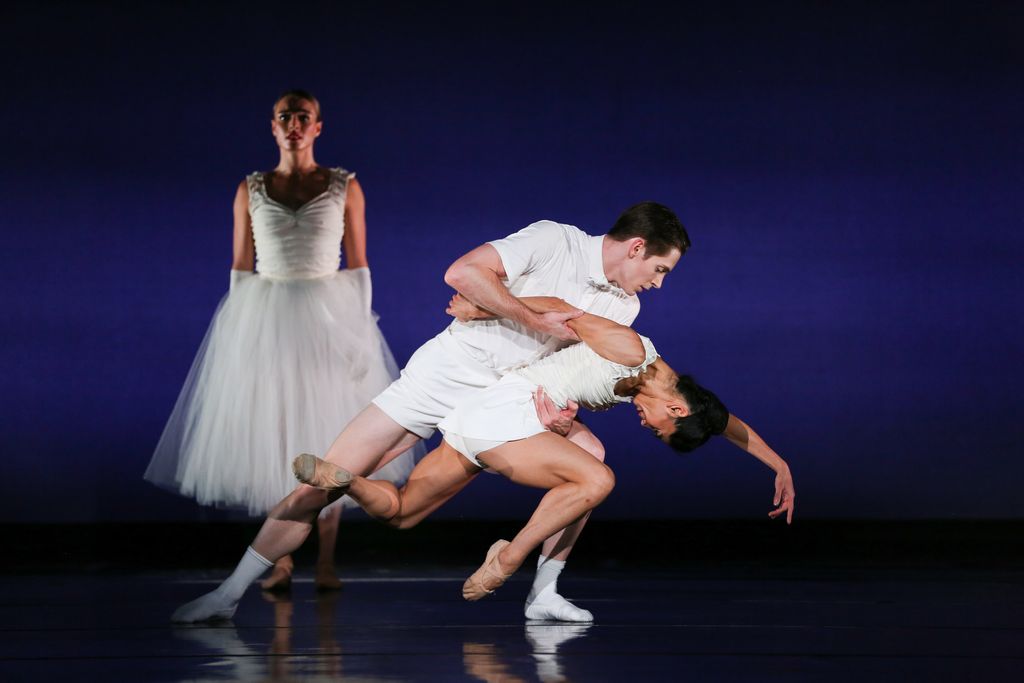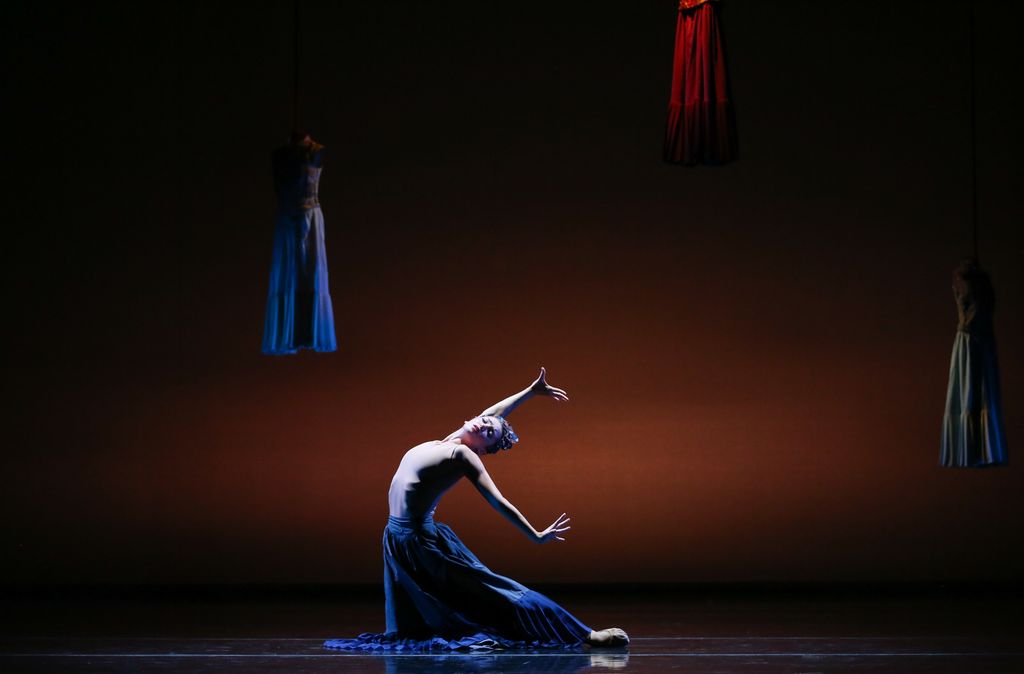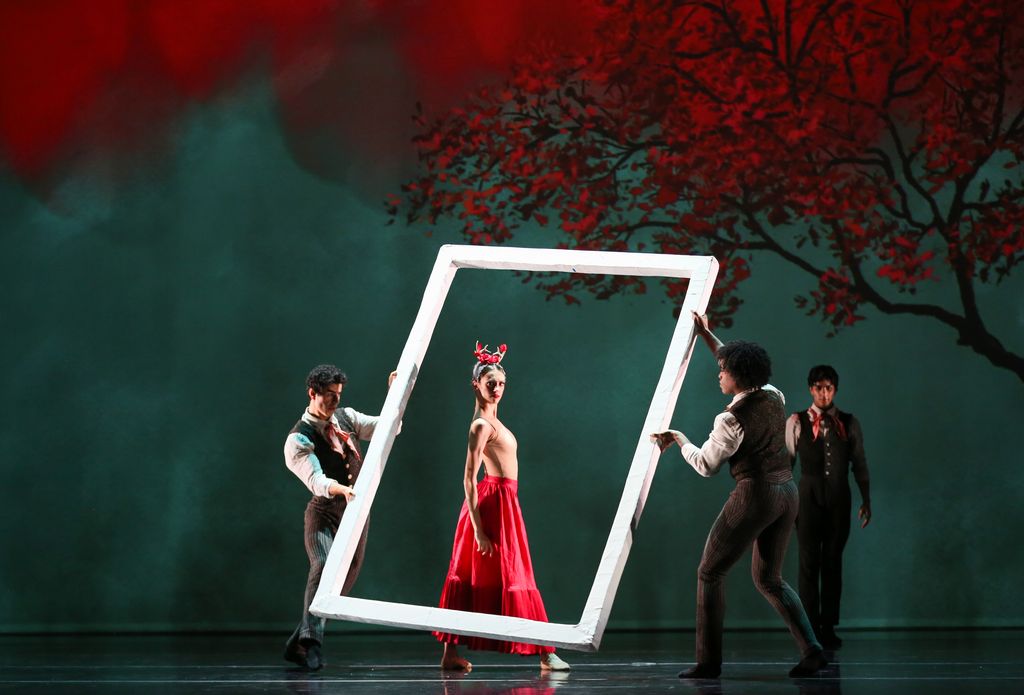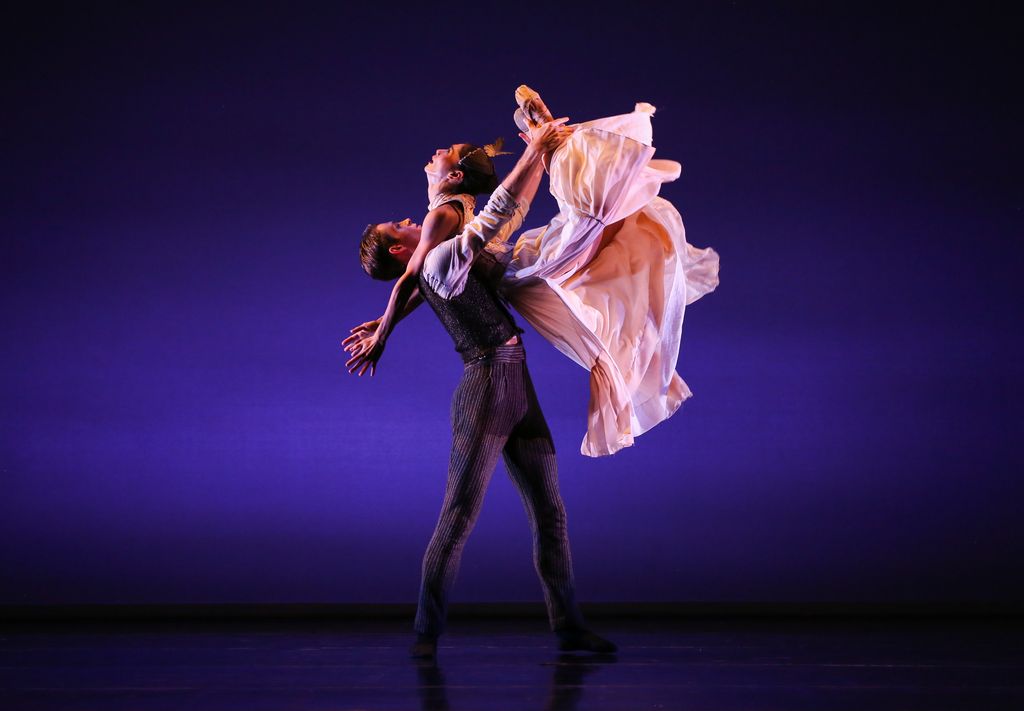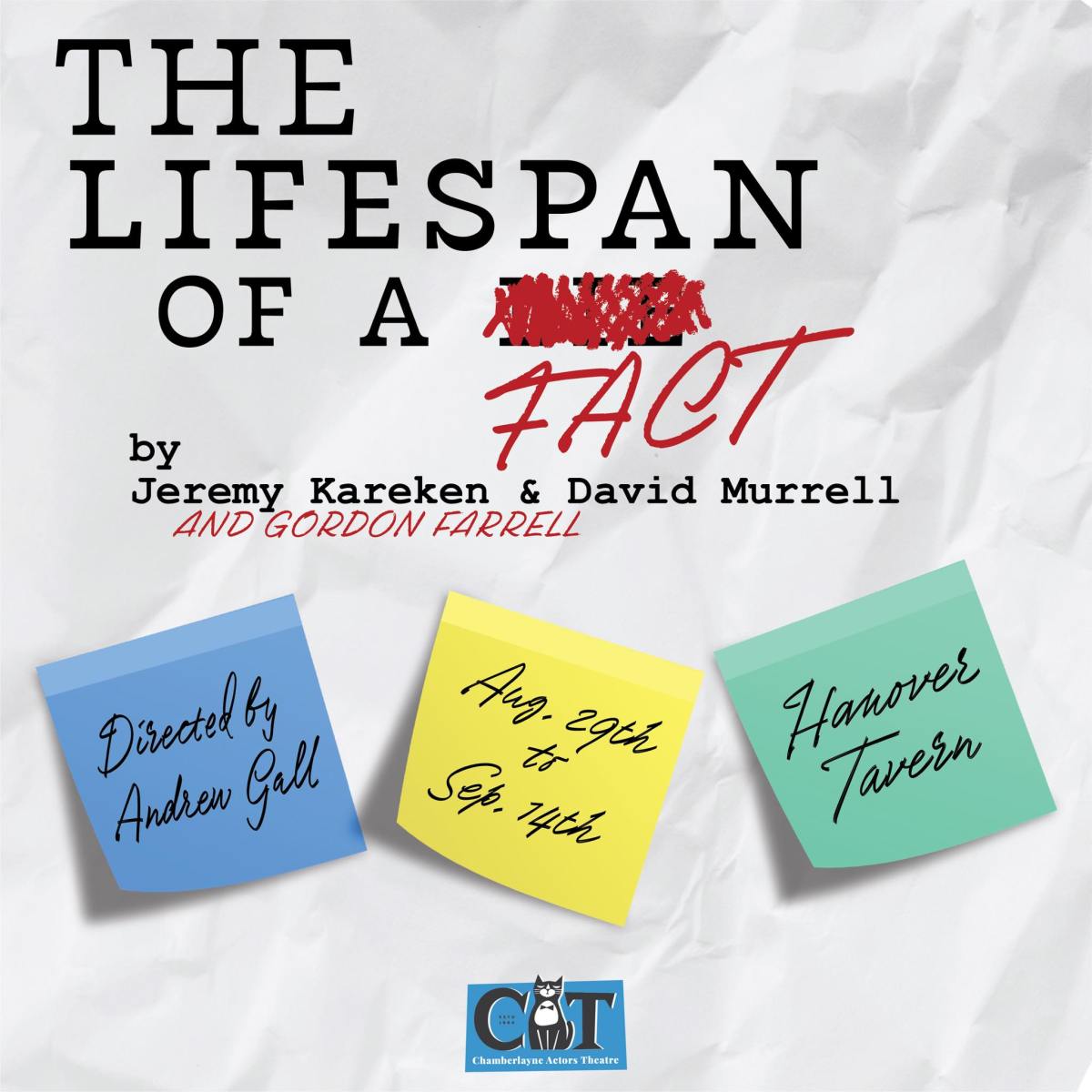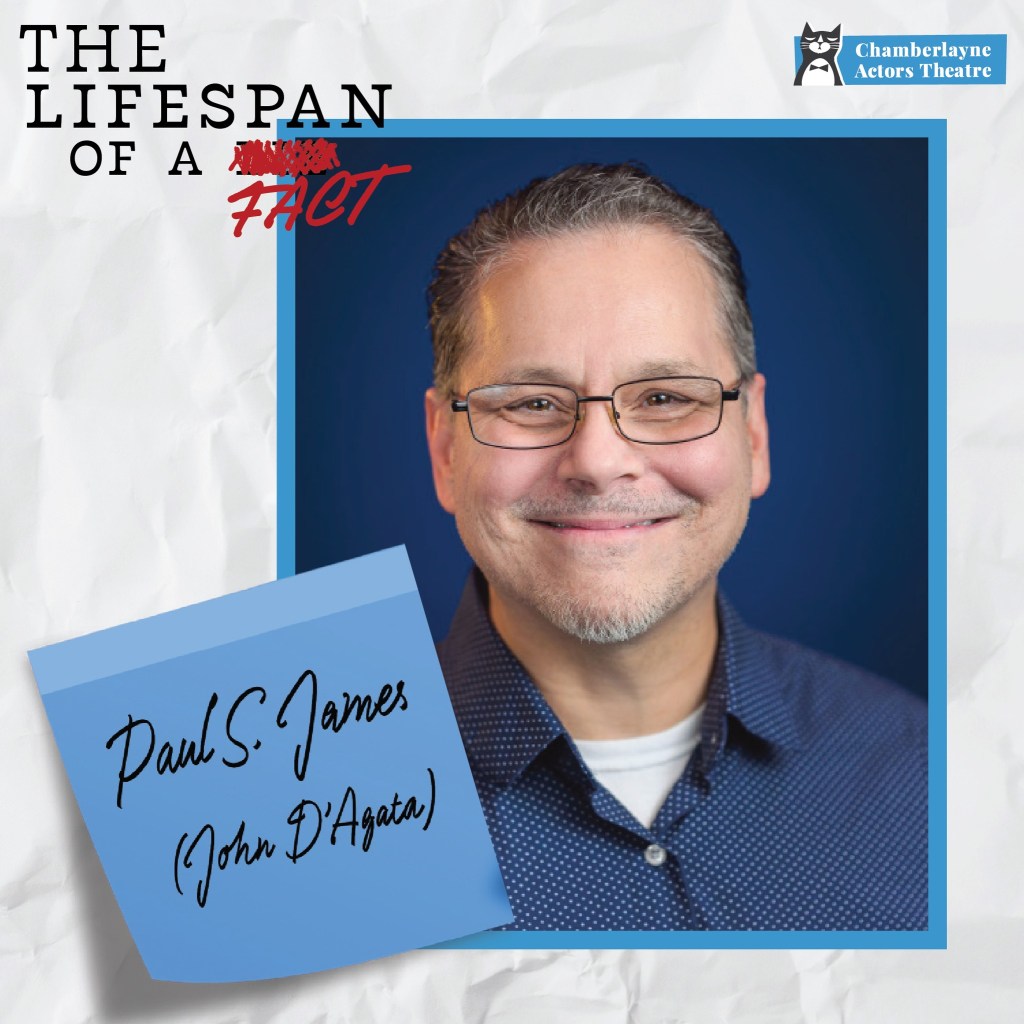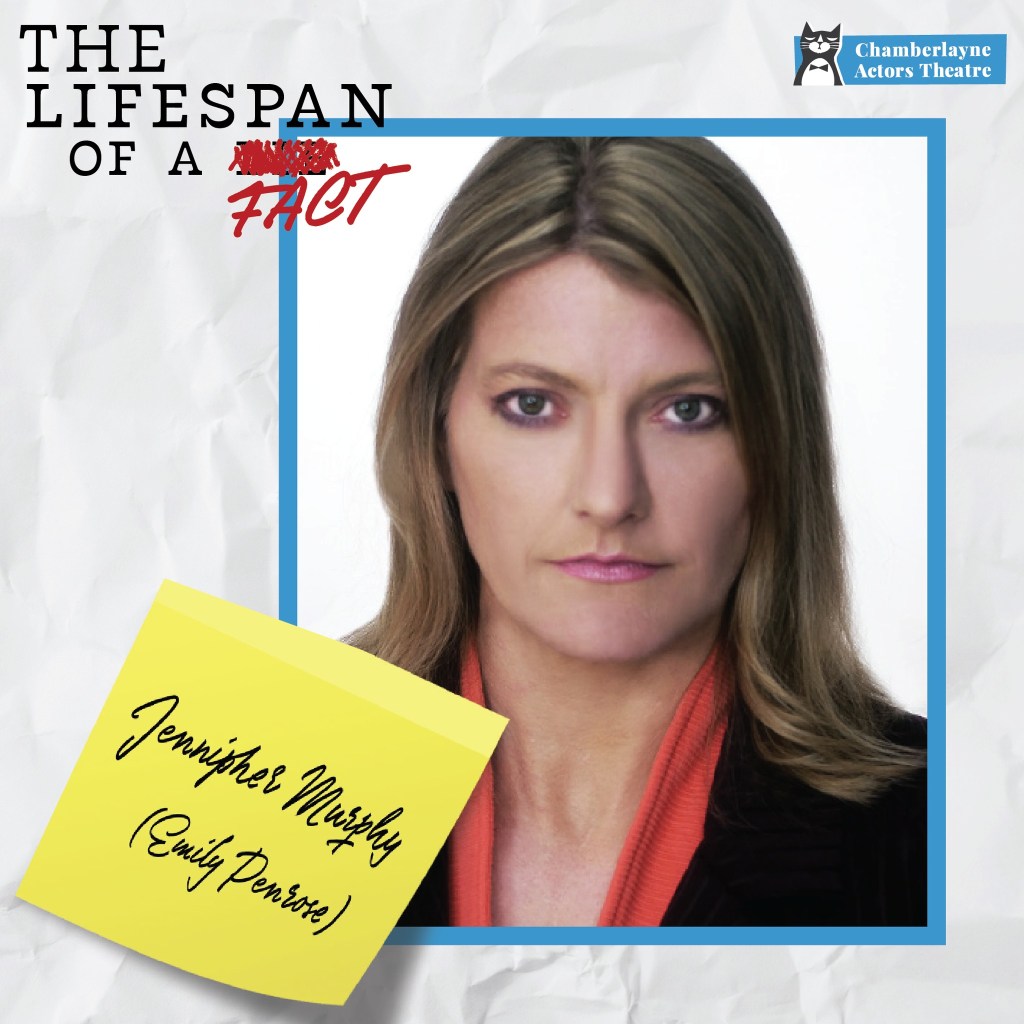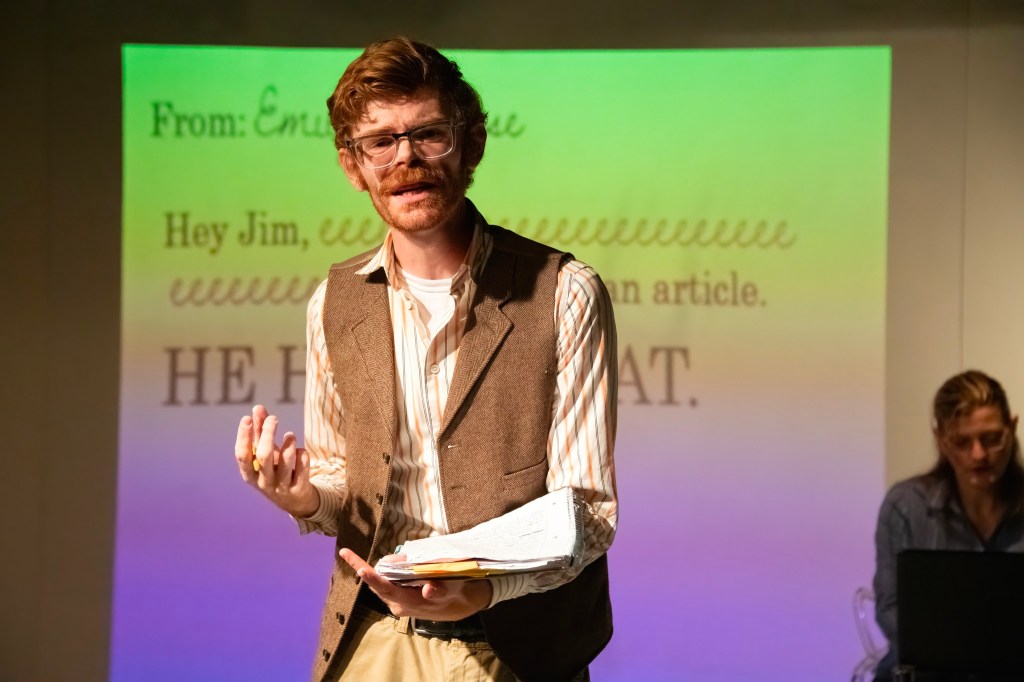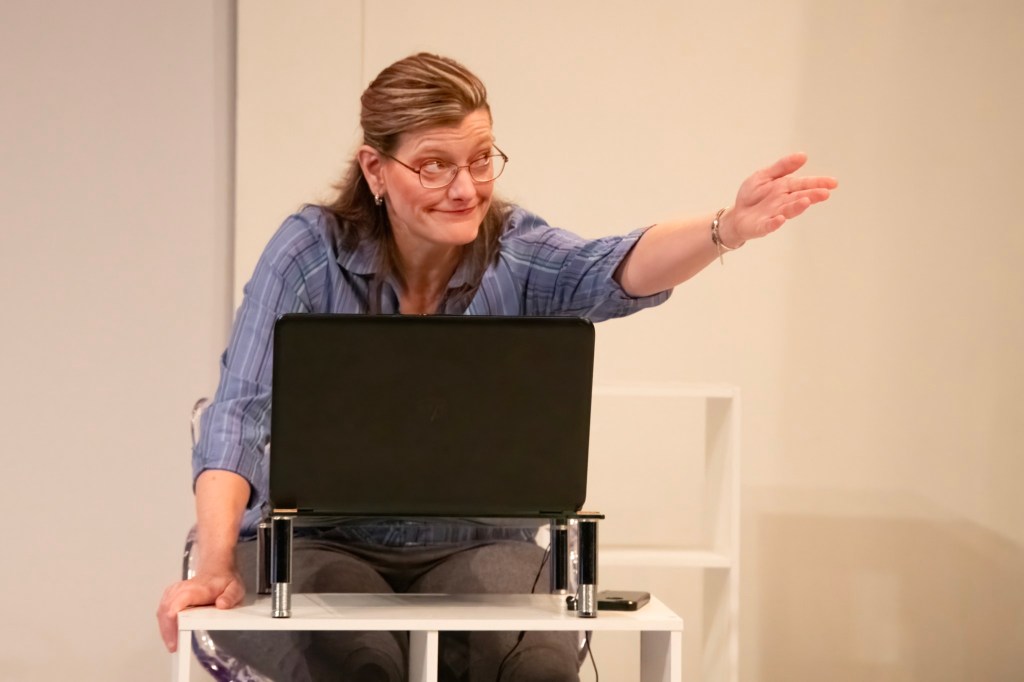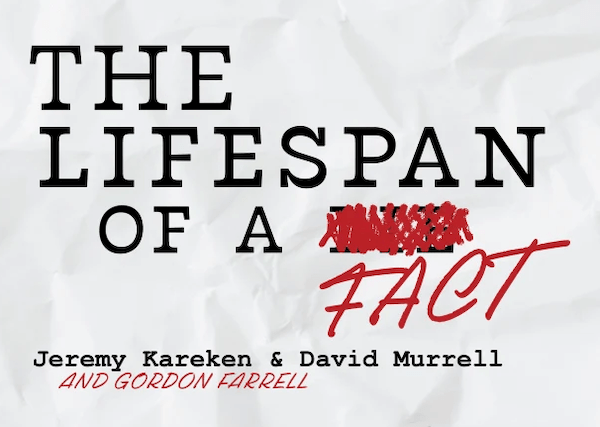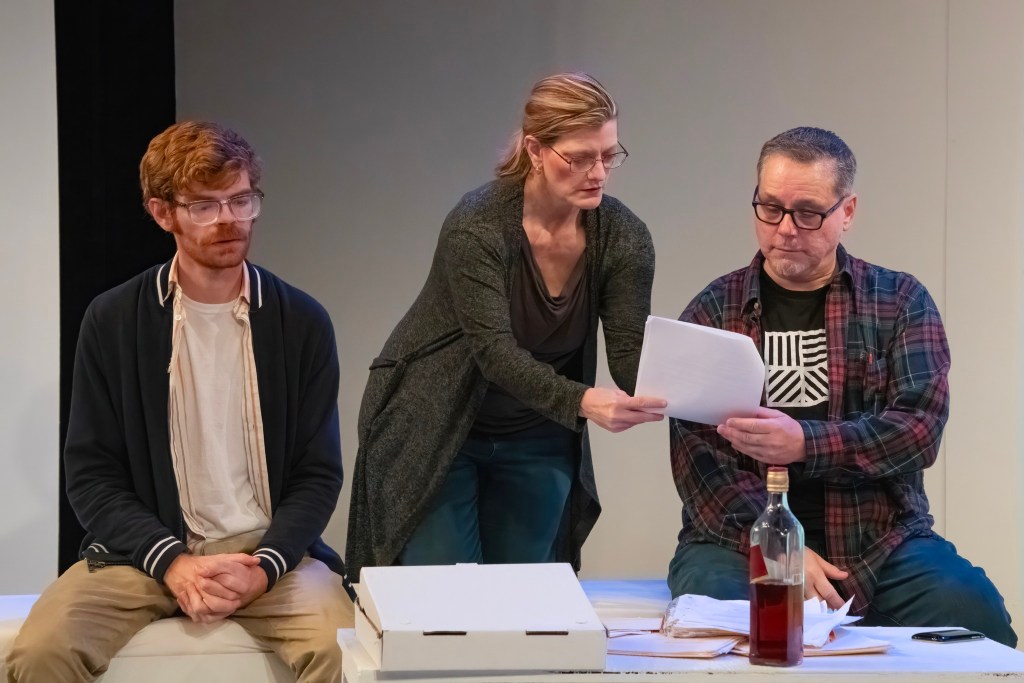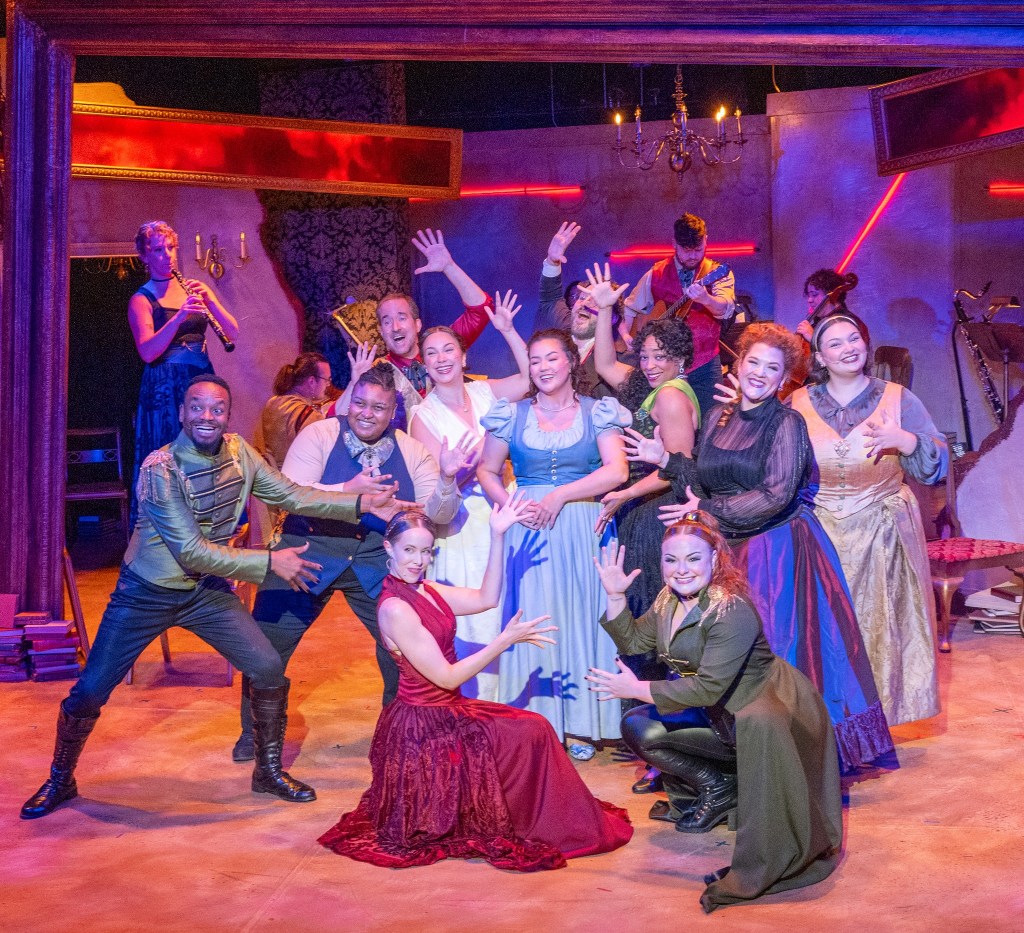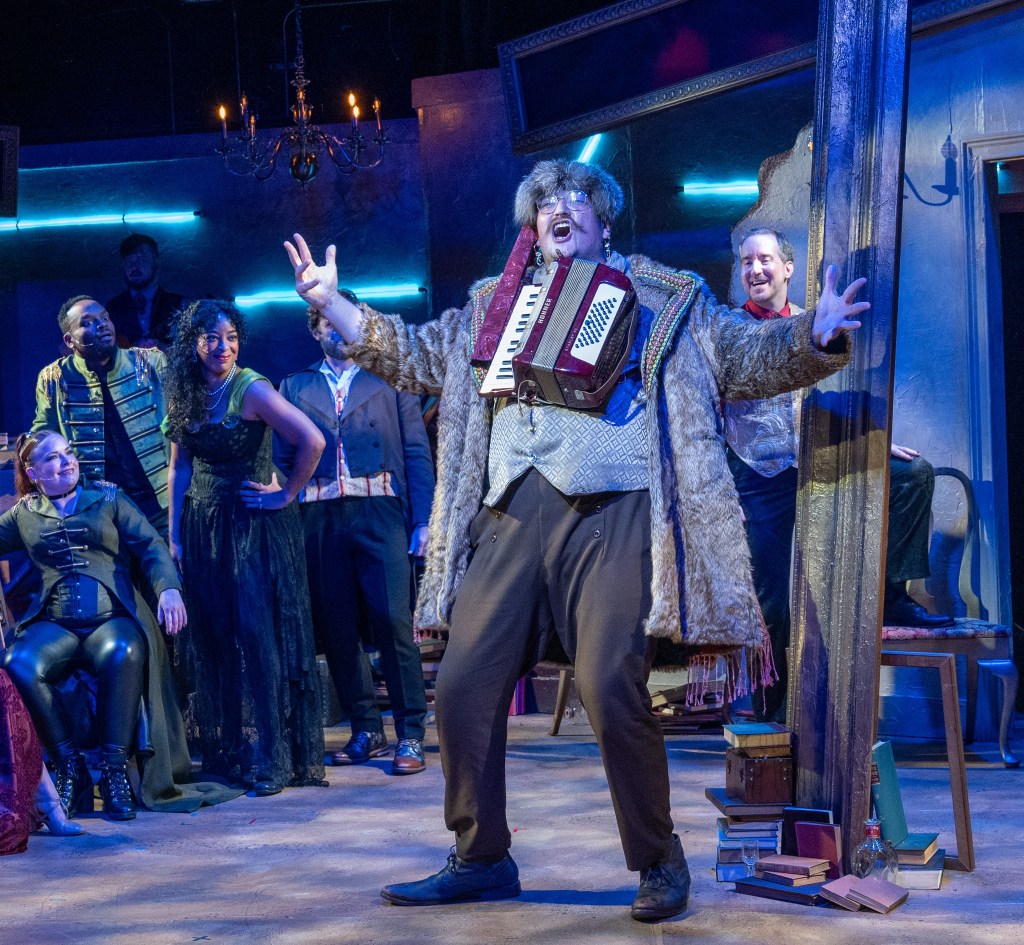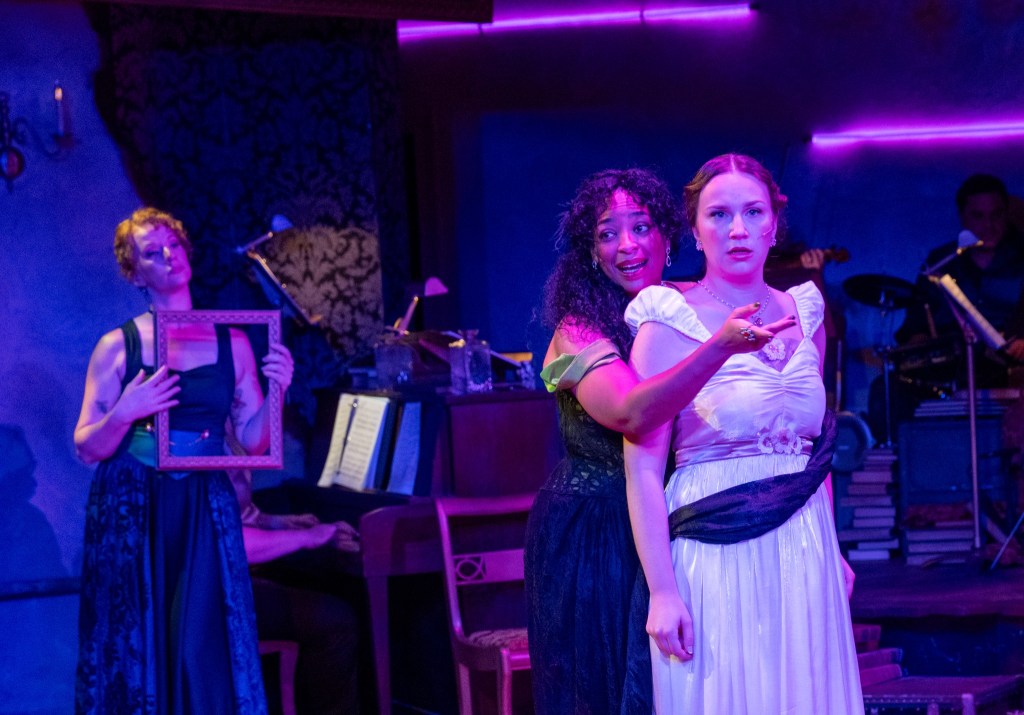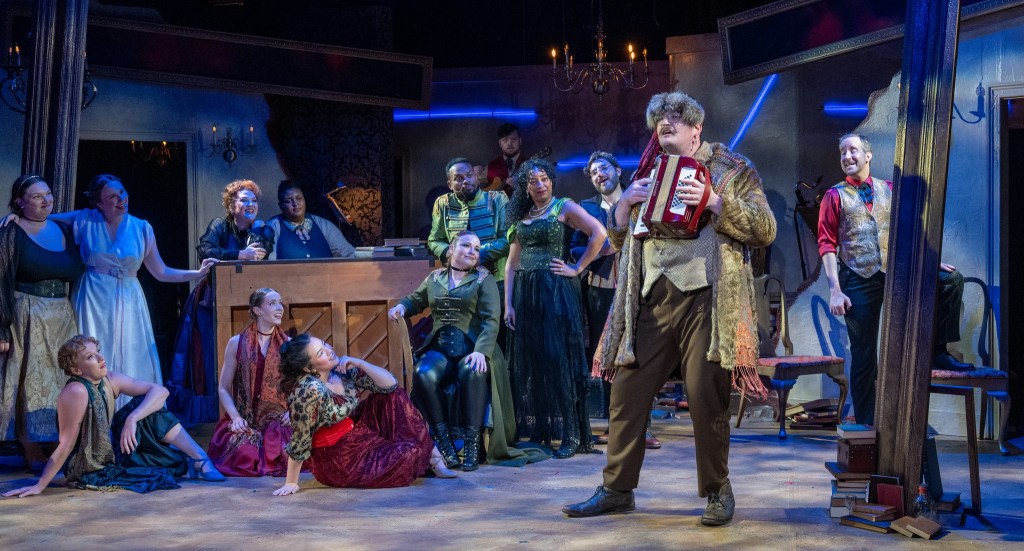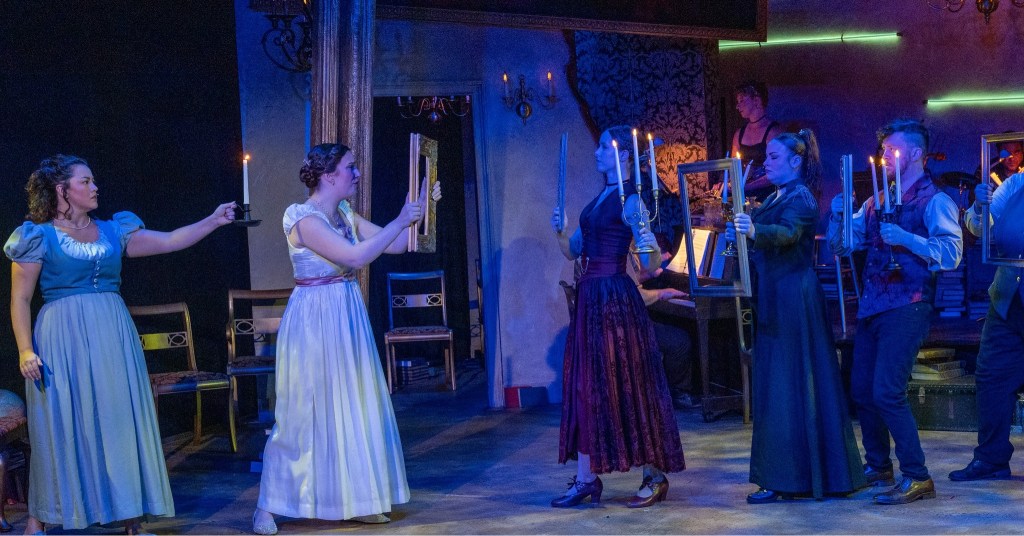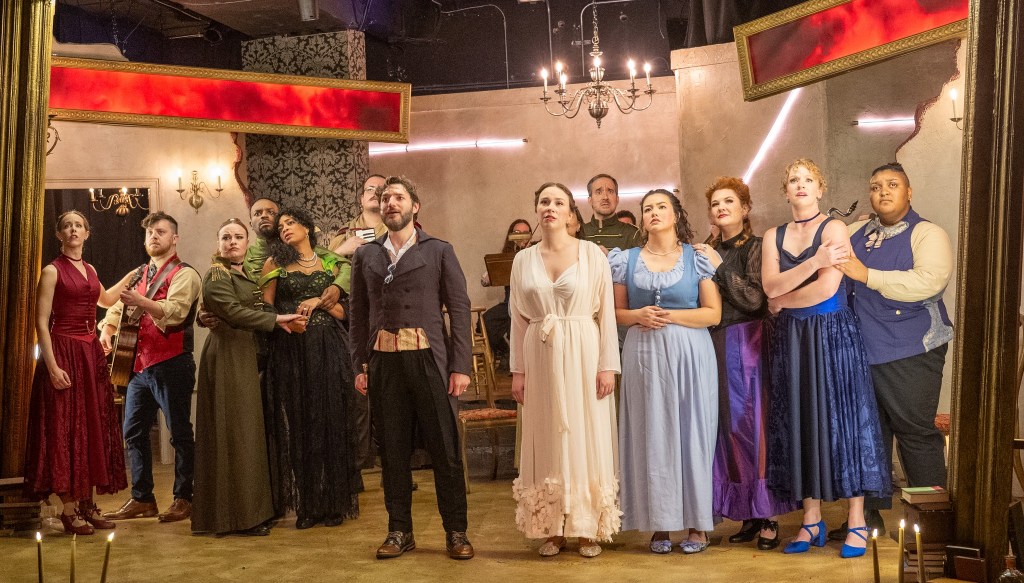*A Regional Premiere*
Growing Up is Messy…Especially When You’re Summoning the Dead
A Theater Review by Julinda D. Lewis
Presented by 5th Wall Theatre
At: The Basement, 300 E. Broad St., RVA 23219
Performances: October 16 – November 9, 2025
Ticket Prices: $30/Adults, $15/Students
Tickets & Info: https://www.5thwalltheatre.org/ or email info@5thwalltheatre.org
5th Wall Theatre opened its 2025/2026 season in its new, permanent home, the former Basement, now 5th Wall at The Basement or 5th Wall/Basement. In alignment with 5th Wall Theatre’s mission “to provide insights into the human condition through theatrical expression,” the season opener provided new dimensions to the theatrical experience. Alexis Scheer’s Our Dear Dead Drug Lord is a dark comedy about 4 Miami teenaged girls, members of the Dead Leaders Club, who meet in a tree house where they hope to summon the spirit of Pablo Escobar.
In case that name sounds familiar, yes, “that” Pablo Escobar, the Colombian drug trafficker and leader of the infamous Medellín Cartel. In addition to being one of the world’s most notorious narco-terrorists, Escobar was also known as a philanthropist who built housing complexes, parks, football stadiums, hospitals, schools, and churches in some of Colombia’s poorest neighborhoods. So, what about Escobar appeals to a club (or gang?) of teen girls in Miami?
It could be the allure of the illicit, the Robin Hood element of Escobar’s philanthropy, the need to replace the powerlessness of being young and female with the trappings of power, or a misplaced coping mechanism to deal with their own personal traumas. More than likely, it is some combination of these things, along with the normal teenaged tendency to rebel.
In an interview for TheaterMania.com (September 22, 2019), the author explains that Our Dear Dead Drug Lord was created as a way for her to connect with her own roots. The Miami-born, Columbian and Jewish writer’s mother emigrated from Medellín in the 1970s. “The Colombian cartels and Pablo Escobar is a weird part of my family mythology that I don’t understand, because I feel so distant from it. So that’s where that came from. I think it’s a very American play, and part of my experience as an American is trying to touch upon the generation or two before me that was outside of this country and what they fled to get here.” (https://www.theatermania.com/news/alexis-scheer-gives-us-the-dope-on-her-play-our-dear-dead-drug-lord_89801/)
Okay. So, there’s that. But there’s also witchcraft, a Ouija board, a séance, and a special dance choreographed in honor of . There’s a diverse cast, each with a heavy burden of her own. Pipe, the club’s president, is an upper-class Cuban-American and carries the burden of grief from her younger sister’s death. Pipe’s bestie, Squeeze, is Puerto Rican-Haitian who is allergic to cats. Her father committed suicide. Zoom, Pipe’s Jewish-American neighbor, is the baby of the group, and always trying to keep up. Perhaps in an effort to over-compensate for her youth and lower status, she is also coping with the possibility of a teen pregnancy – which factors in the play’s climax. And then there’s Kit, a Columbian-American newcomer with a mysterious past that makes the other girls speculate that she may be the actual daughter of their hero, Pablo Escobar.
The intersection of this combined chaos is where these girls meet to create a sacred space, a sense of community – perhaps much like the community some young people find in gang life. Director Kaitlin Paige Longoria describes is as “an incantation, a call to the ancestors.” In her notes, Longoria writes, “It lives in that delicate space between grief and rebirth, between the ache of what’s been lost and the hope of what might still be found.”
It is in this spirit that these girls, four young women on the cusp of adulthood, seek freedom, power, and self-worth. It is in this spirit that they chant the mantra, “I will not be good. I will be loud, loud, loud. I will make the world in my image and take what I mine!”
Kylee Márquez-Downie (Pipe), Marya Brice (Squeeze), Eva Linder (Zoom), and Mary Kalinowski (Kit) form a solid ensemble, intense and darkly humorous. The séance is unsettling and the sacrifice is positively horrific and scary. It’s the kind of cast where each member has a distinct role, but it’s almost impossible to single out anyone because each plays an integral part in the whole.
Joey Luck composed an original score using the cast’s own voices and William Luther created a uniquely isolated and compact tree house environment where all the action takes place.
Our Dear Dead Drug Lord is anything but predictable. It is weird, dark, disturbing, and it resonates with the truth that society is failing our young women and if we don’t do something to shape and direct them, they will find someone – or something – to fill that void.
———-
Julinda D. Lewis is a dancer, teacher, and writer who was born in Brooklyn, NY and now lives in Eastern Henrico County. When not writing about theater, she teaches dance history at VCU and low impact dance fitness classes to seasoned movers like herself and occasionally performs. Julinda was recently awarded the Dean’s Distinguished Adjunct Faculty Award 2023-24 Academic Year by VCU School of the Arts and the 2025 Pioneer Award in Dance Ministry by Transformation International Worship Ministries, Newport News, VA.
———-
OUR DEAR DEAD DRUG LORD
A Play by Alexis Scheer
Directed by Kaitlin Paige Longoria
CAST
Kylee Márquez-Downie ………. Pipe
Eva Linder ………. Zoom
Marya Brice ………. Squeeze
Mary Kalinowski ………. Kit
UNDERSTUDIES
Natalie Tubia ………. u/s for Pipe & Kit
Kylie Metheny ………. u/s for Zoom
Jada Paul ………. u/s for Squeeze
FEATURING
DJ Cummings Herdoiza ………. Pablo
Fio Lo Presti ………. Pipe’s Little Sister
PRODUCTION TEAM
Directed ………. Kaitlin Paige Longoria
Scenic Design ………. William Luther
Lighting Design ………. Corrine Manderino
Sound Design ………. Joey Luck
Costume Design ………. Emily Andrew Mateos
Choreography ………. Kayce Sullivan & Jamie Hollman
Intimacy Choreography ….. Kerrigan Sullivan
Stage Management ……… Megan Wave
Technical Direction ………. Chris Foote
Photography ………. @ivyandlacephoto
Performance Schedule:
Thursday, Friday, Saturday 7:30PM
Saturday, Sunday 2:30PM
Tickets: $30/Adult; $15/Student
Run Time: 95 minutes, no intermission
The World Premiere of Our Dear Dead Drug Lord was presented in September 2019 by WP Theater and Second Stage Theater, NYC, NY.
CONTENT WARNING: This play contains strong language, sexual content, depictions of drug use, and scenes of violence. The play also includes references to suicide, sexual assault, and other sensitive subject matter.

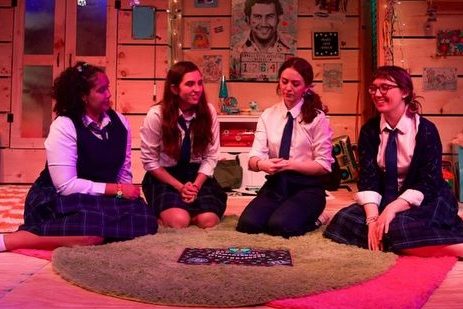
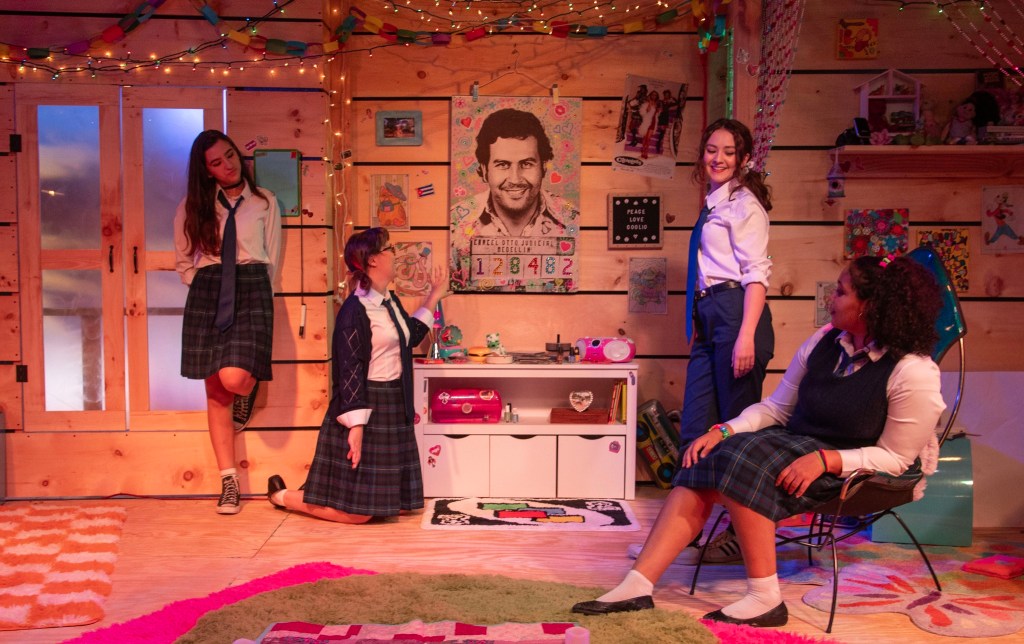
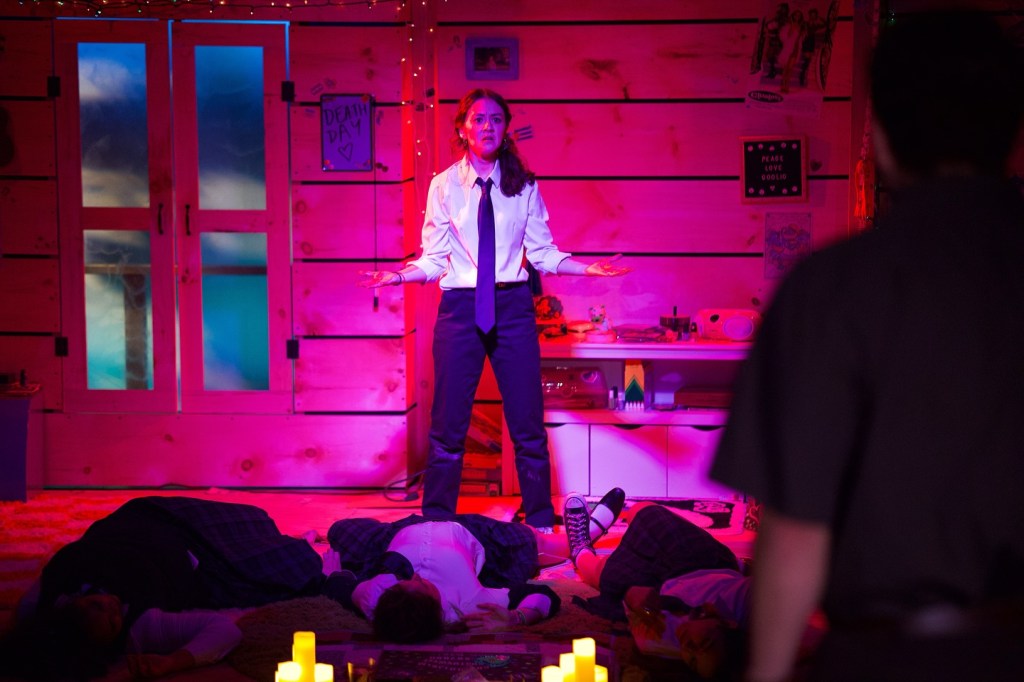
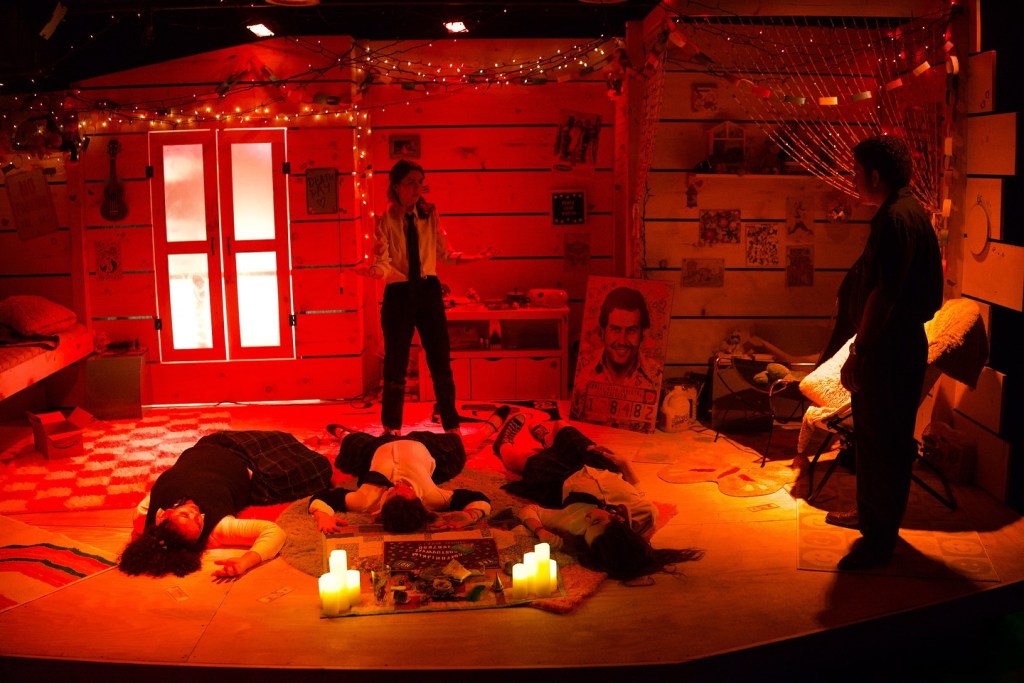
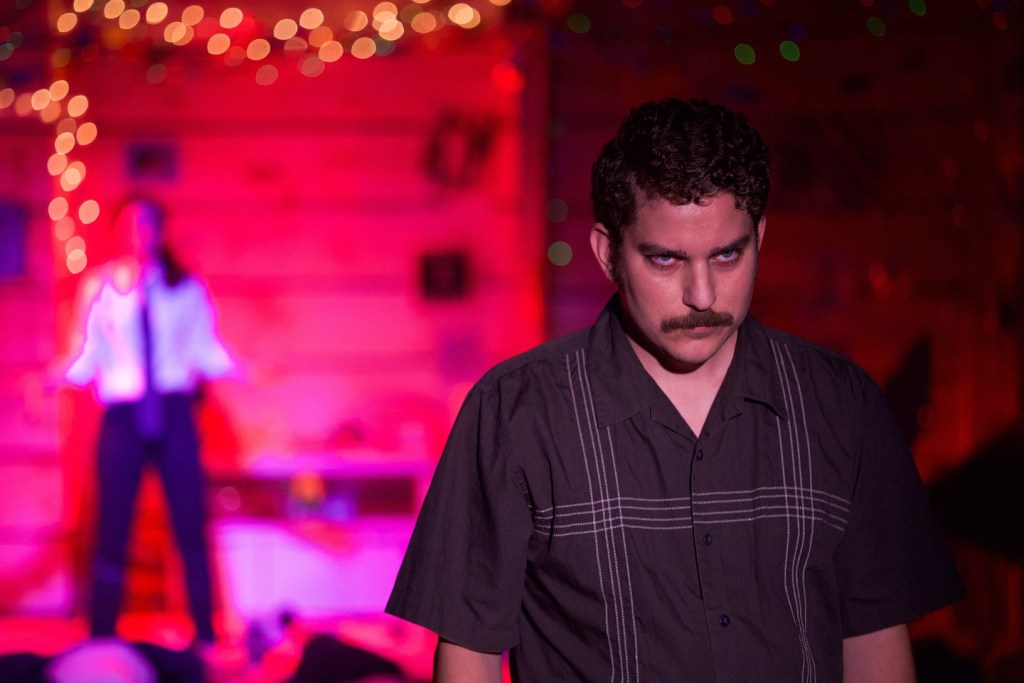
PLEASE Make a one-time, MONTHLY, OR ANNUAL donation TO SHOW YOUR APPRECIATION FOR RVART REVIEW!
Make a monthly donation
Make a yearly donation
Choose an amount
Or enter a custom amount
Your contribution is appreciated.
Your contribution is appreciated.
Your contribution is appreciated.
DonateDonate monthlyDonate yearly
